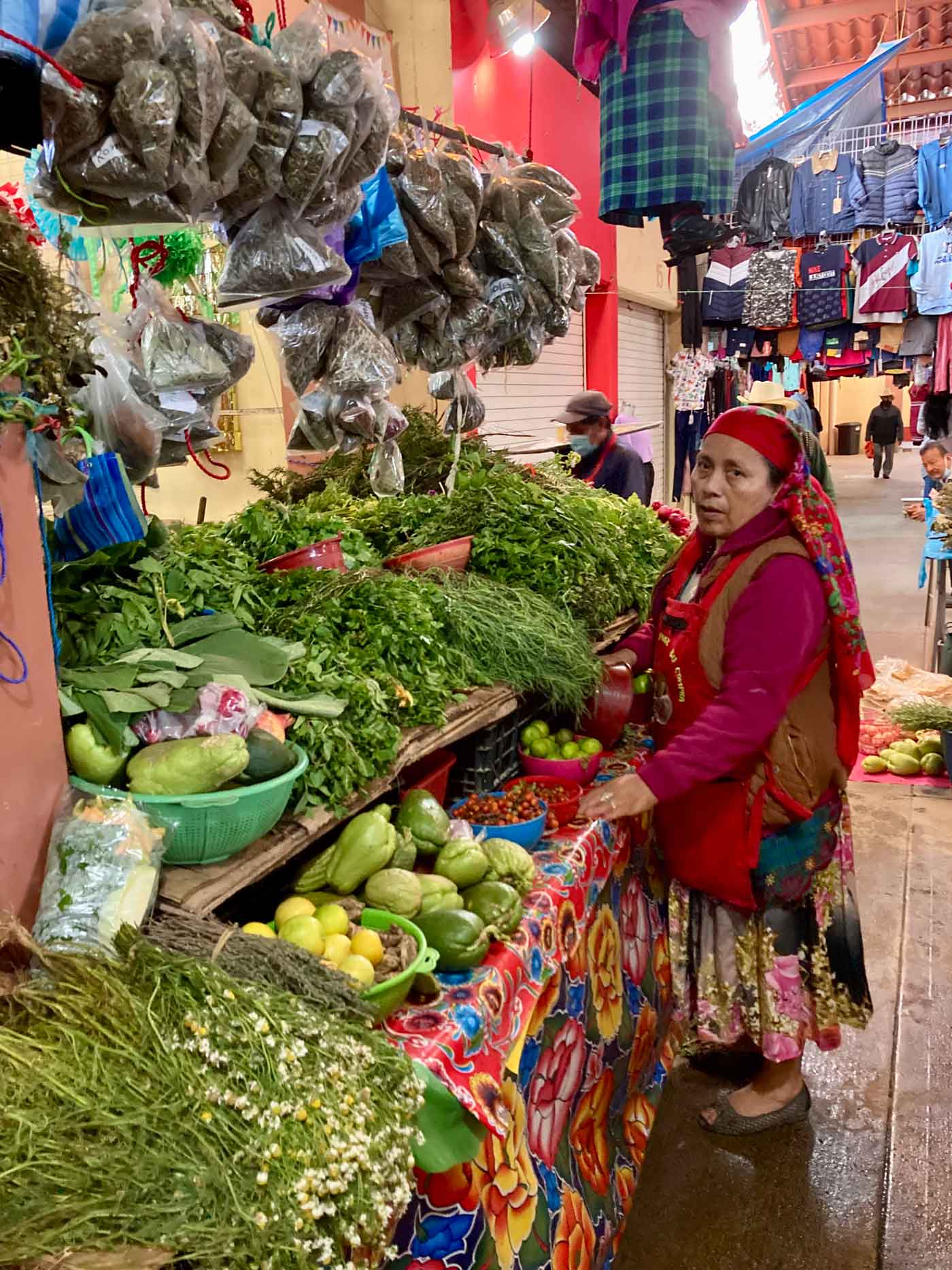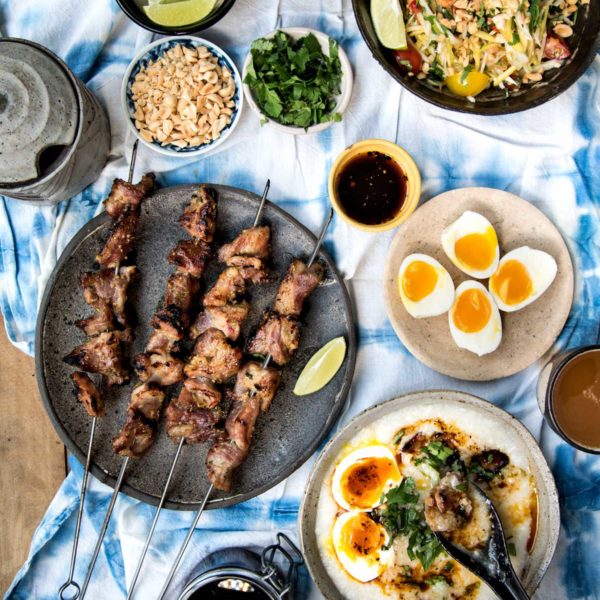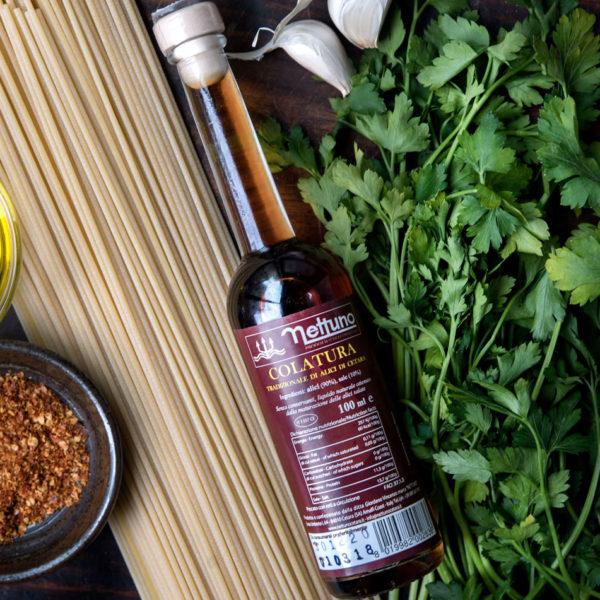Oaxaca had been on our list of places to visit for some time. It lived up to expectations and then some. Great food, great arts and crafts scene, great people…such a vibrant and colorful city. Not surprising that Travel and Leisure named Oaxaca ‘The Best City in the World’ in 2022.
While many people spend a few days in Oaxaca City before heading to the coast, we decided to devote all our time (10 days) to the city. Wanted to get a feel for the city and its people, and of course, its cuisine.
We spent many days wandering around the city — admiring the street art and gallery scene, enjoying the street food, but also spent a few days hiking in the Sierra Norte mountains (10,000 feet above sea level) with a local Zapotec guide (more on that in a bit), went horseback riding, took a tour of the Tlacolula de Matamoros craft and farmers market, and visited a weaving village in Teotitlán.
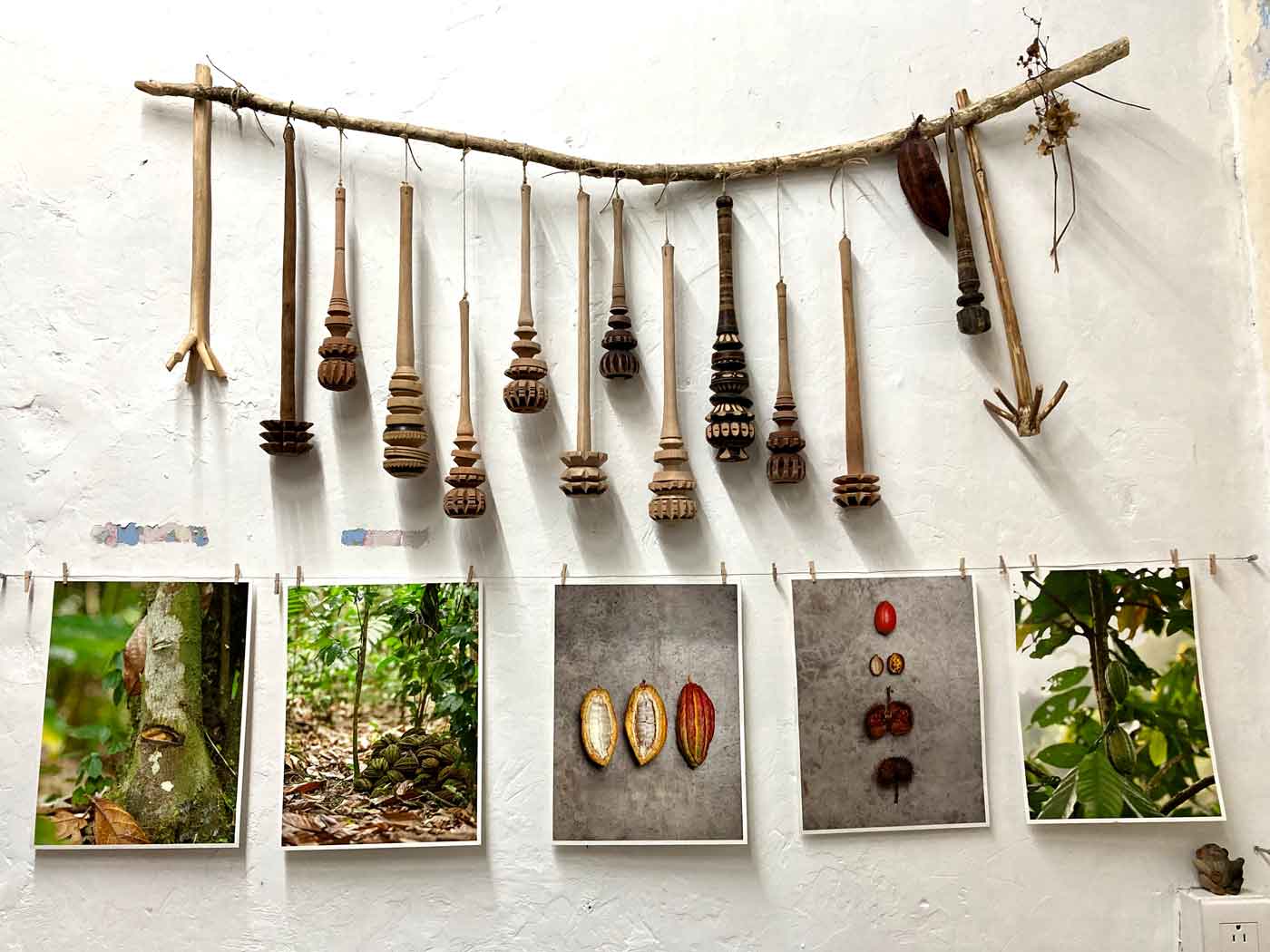
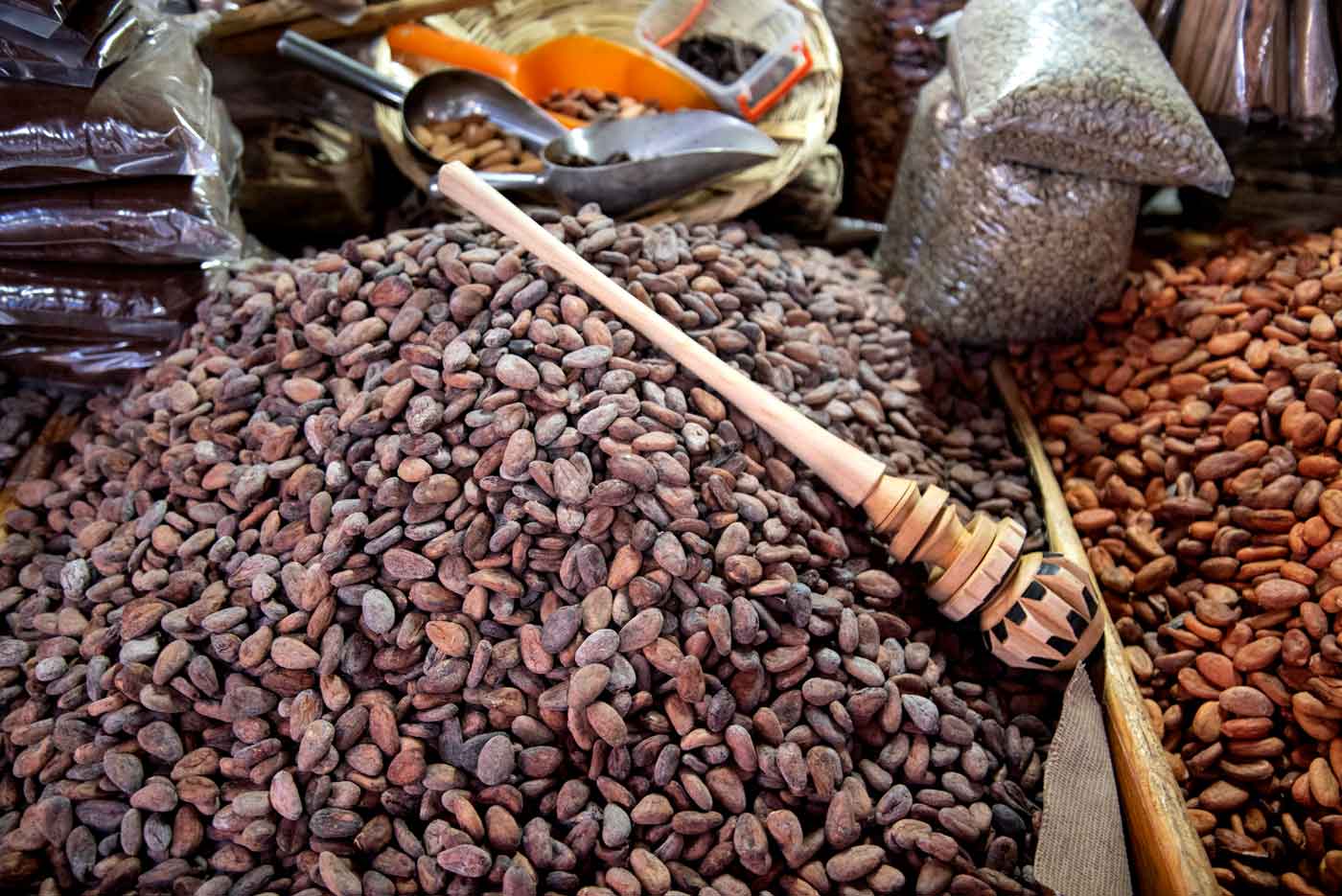
One of my favorite ways to get a feel for a city is to wander around its markets. There is no shortage of food markets to explore in Oaxaca…chocolate, chiles, a plethora of vegetables, meat, seafood, insects (grasshoppers, crickets), food stalls, mezcal, crafts, etc.
Chocolate is used throughout Oaxacan cuisine — mole; drinking chocolate (made with agua or milk); an ancient, local beverage known as tejate (made from corn, roasted cacao beans, mamey seed and rosita flowers (flor cacahuaxochitl); and atole de chocolate, another traditional drink made from corn/masa harina, piloncillo, cinnamon, and vanilla — to name a few.
Corn is king. The first ear of corn likely grew somewhere in the highlands of Central Mexico as far back as 10,000 or so years ago. The oldest known bits of recognizable corn, a set of four cobs each smaller than a pinky finger, are some thousands of years younger than that. They were uncovered in Oaxaca in 1966; the site is referred to as el cuna del maiz (“the cradle of corn”).
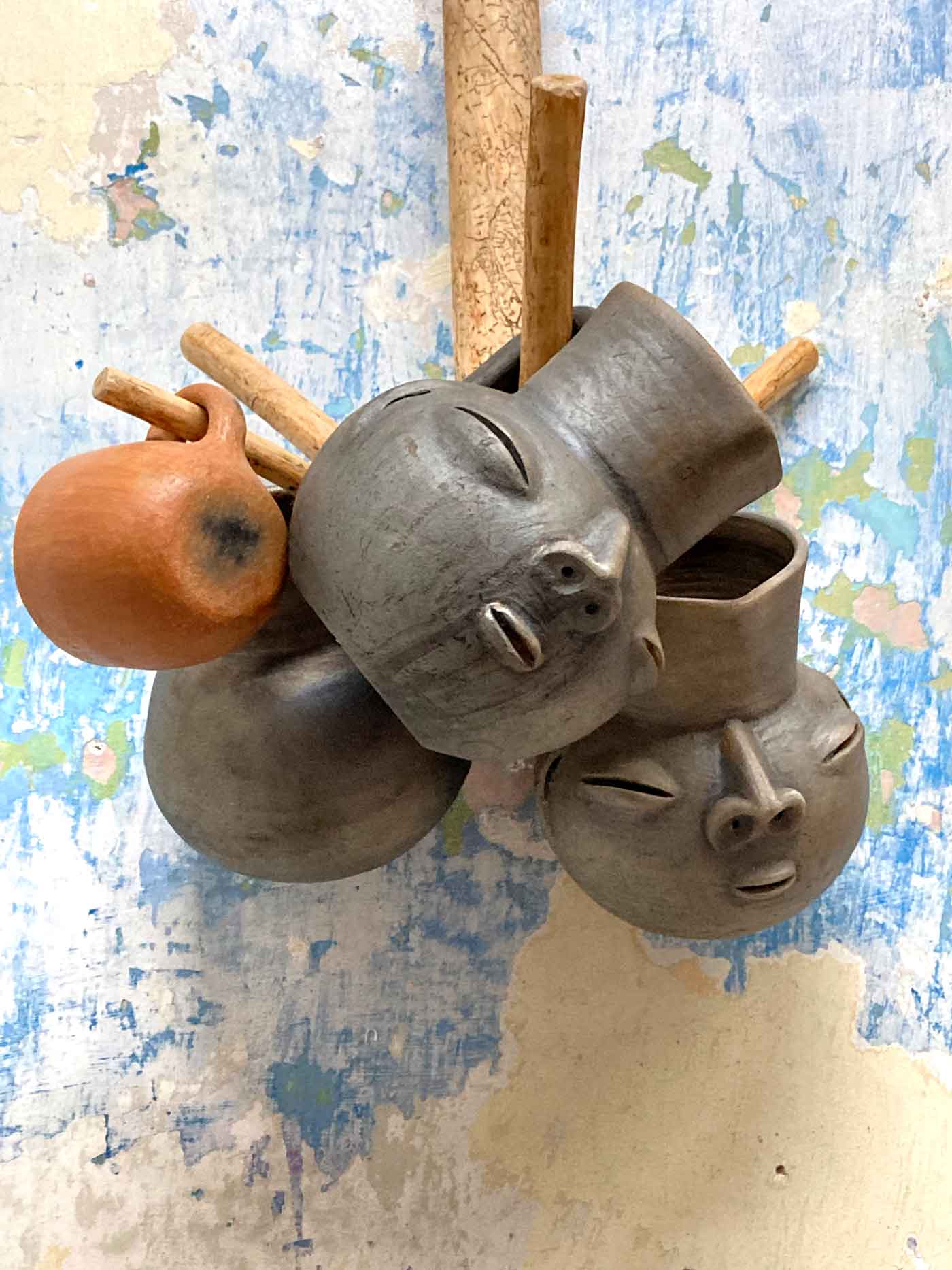
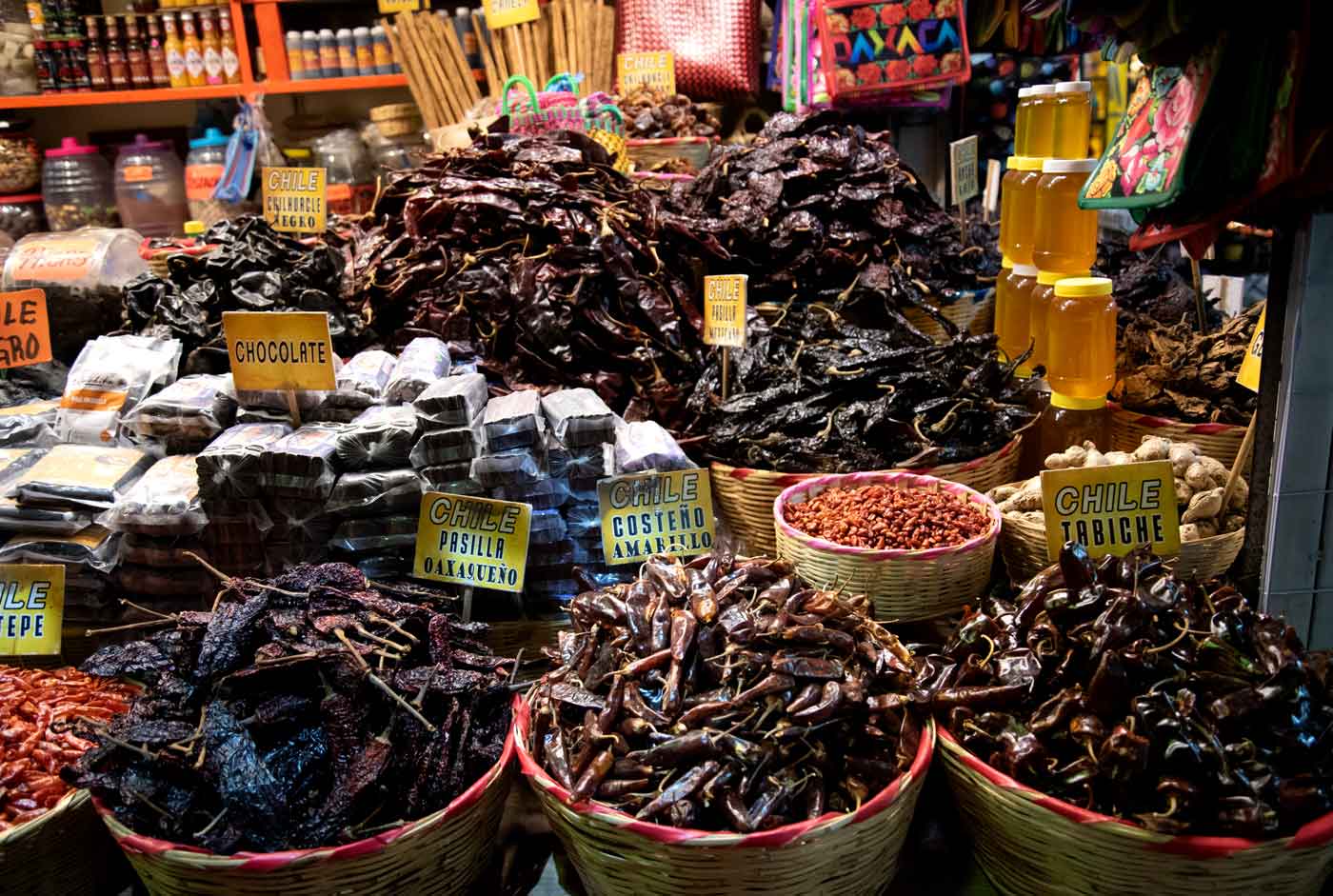
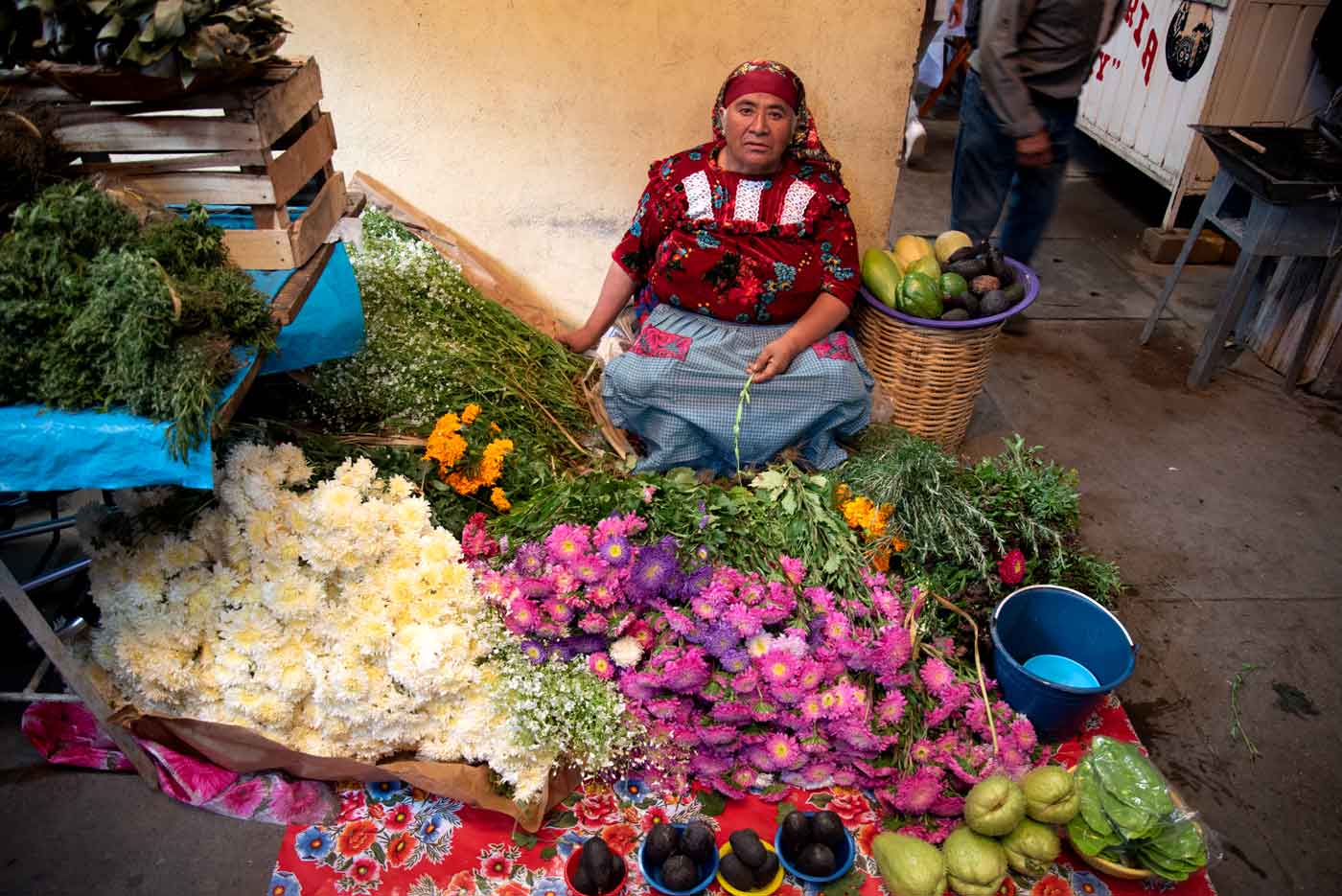
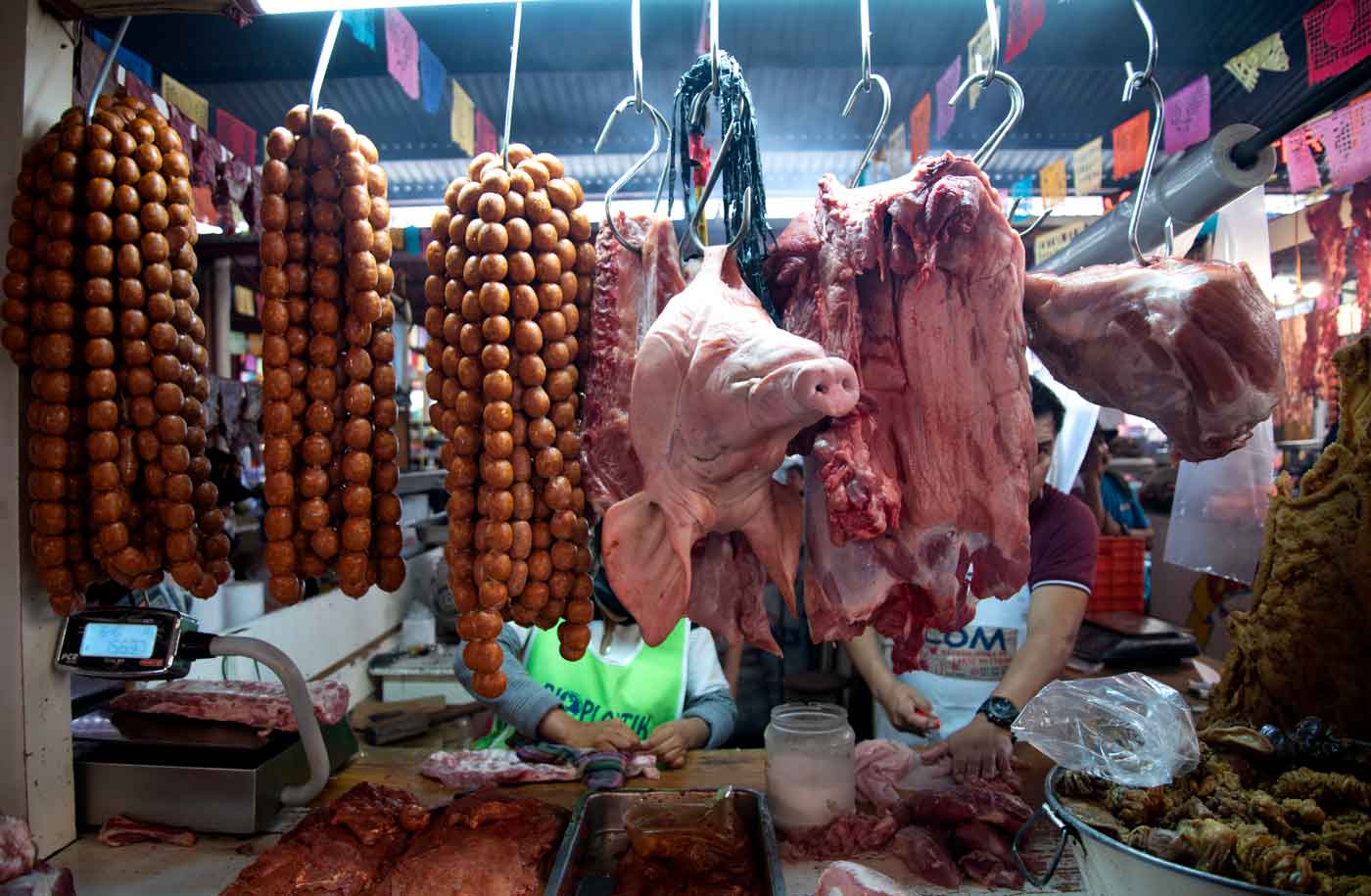
Chapulines (grasshoppers) usually prepared deep-fried and seasoned with chile salt and lime.
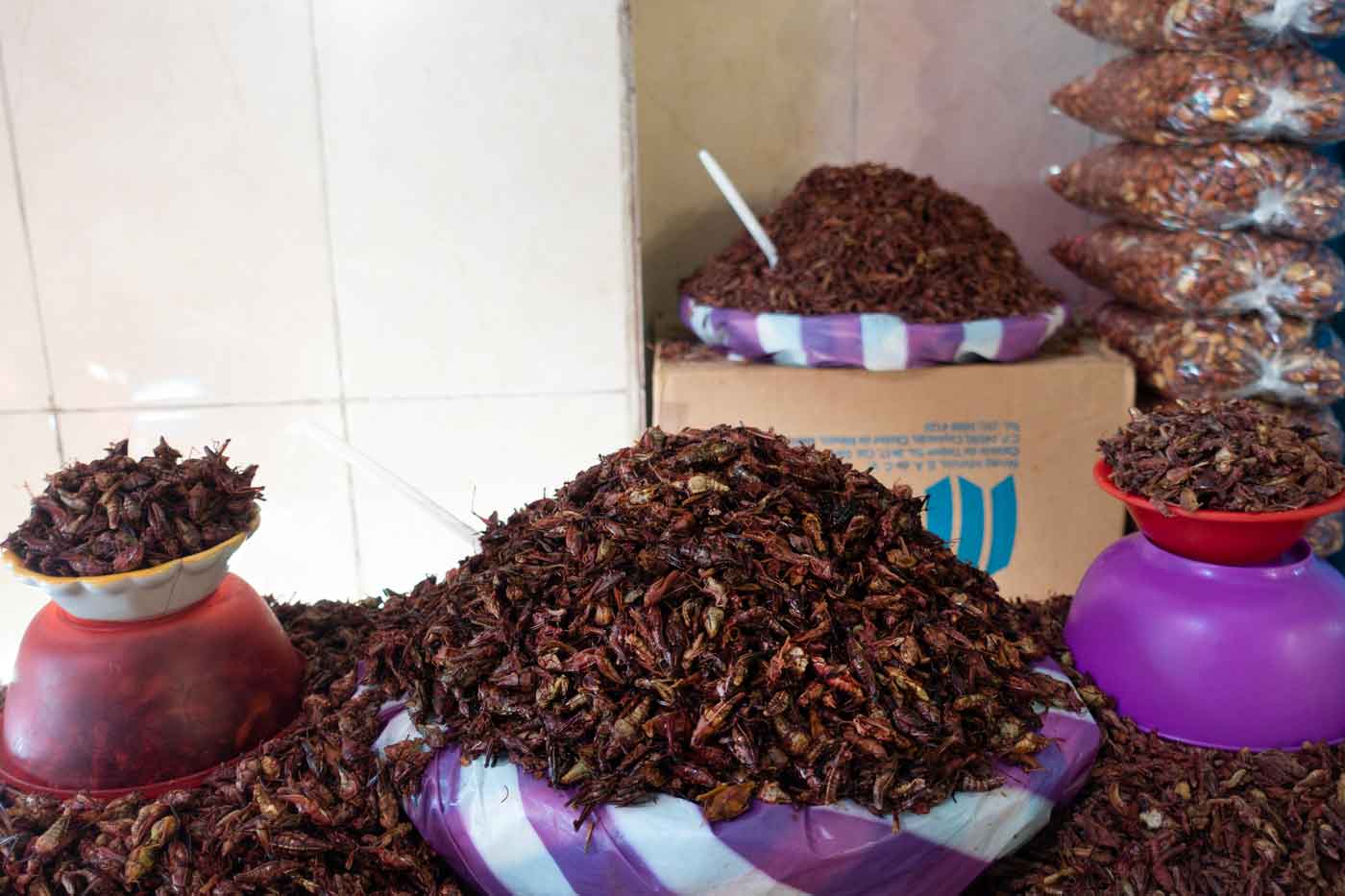
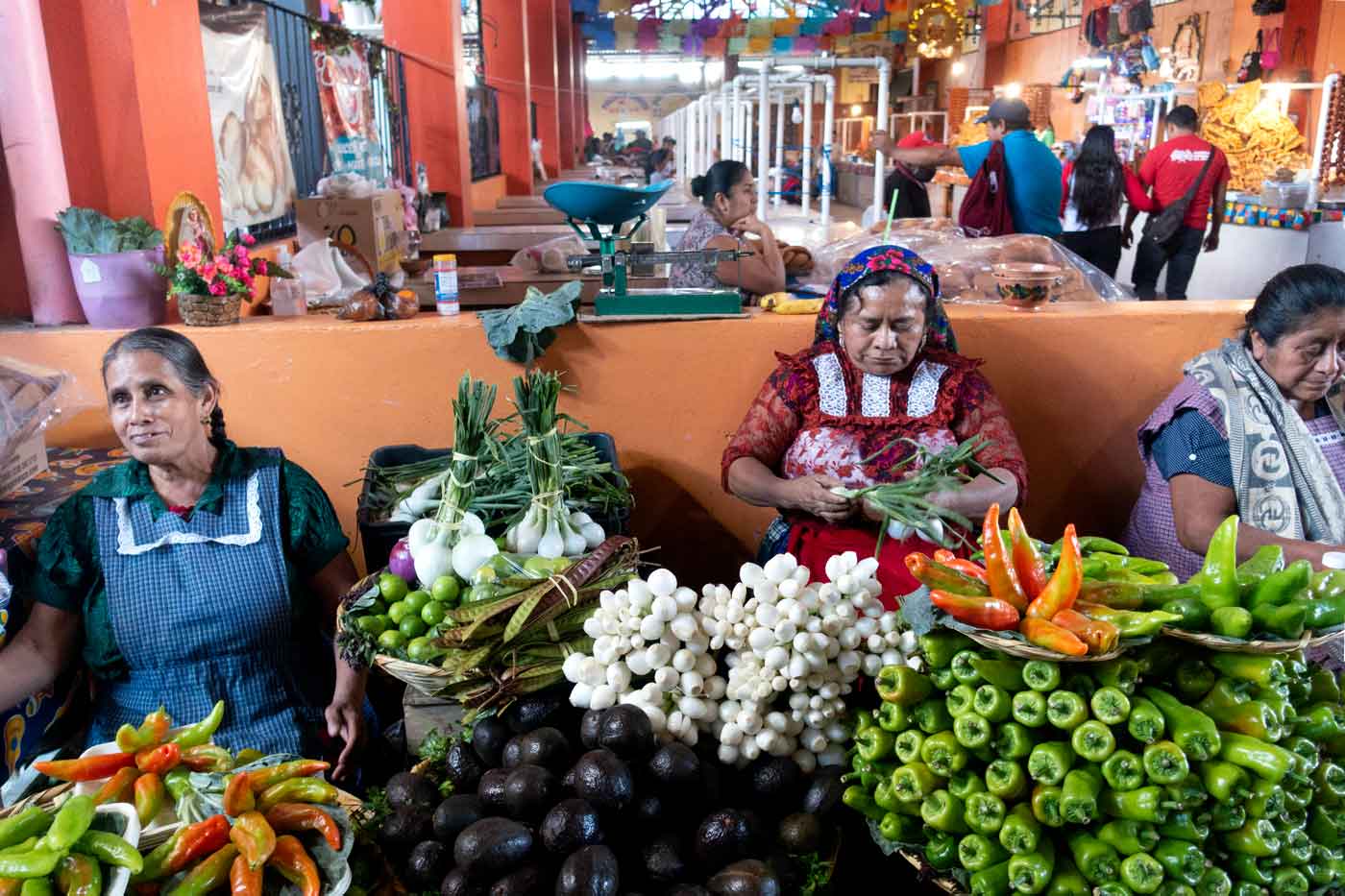
Mole, mole, mole…
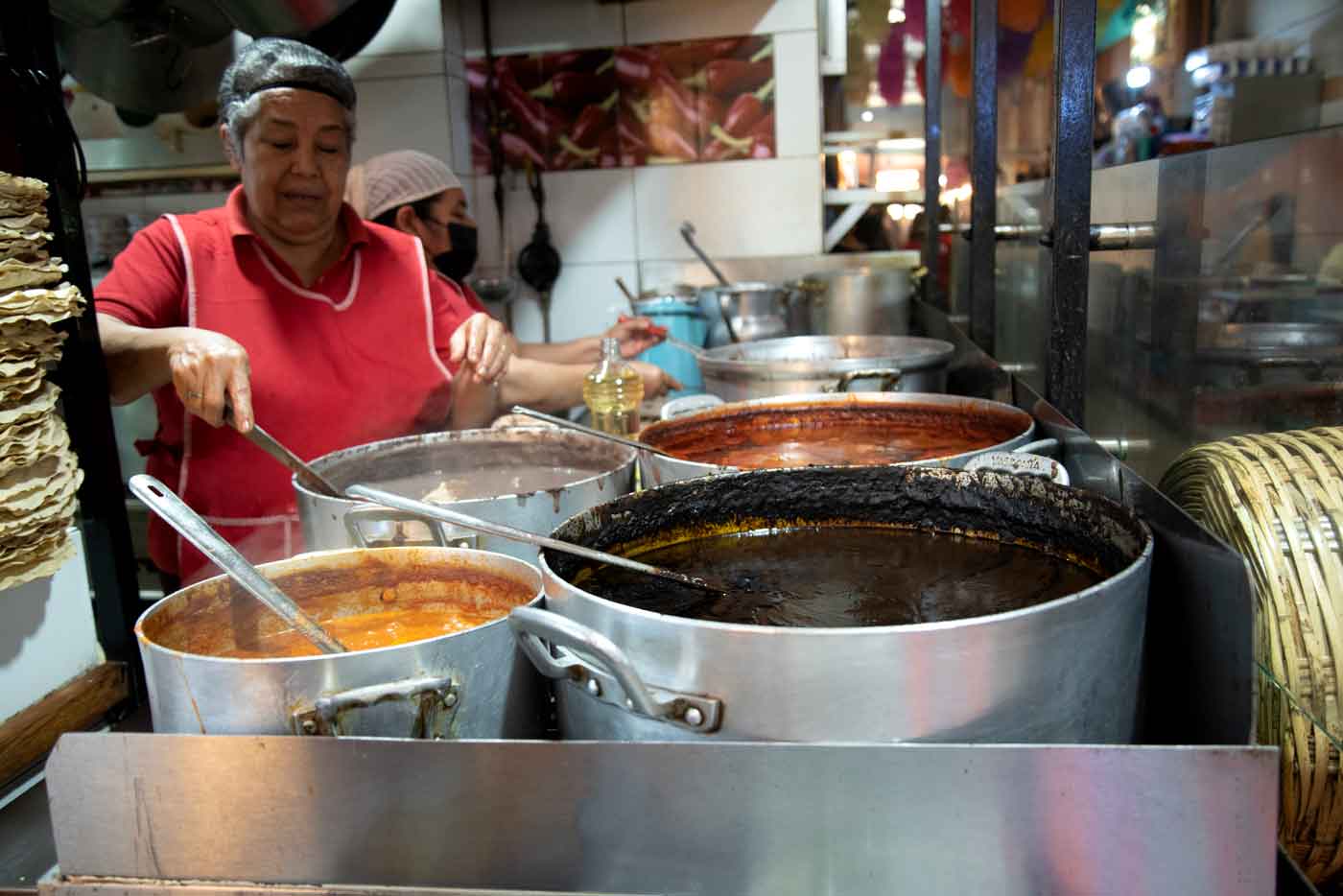
Salsa molcajete, salsa made in a (lava) stone mortar…
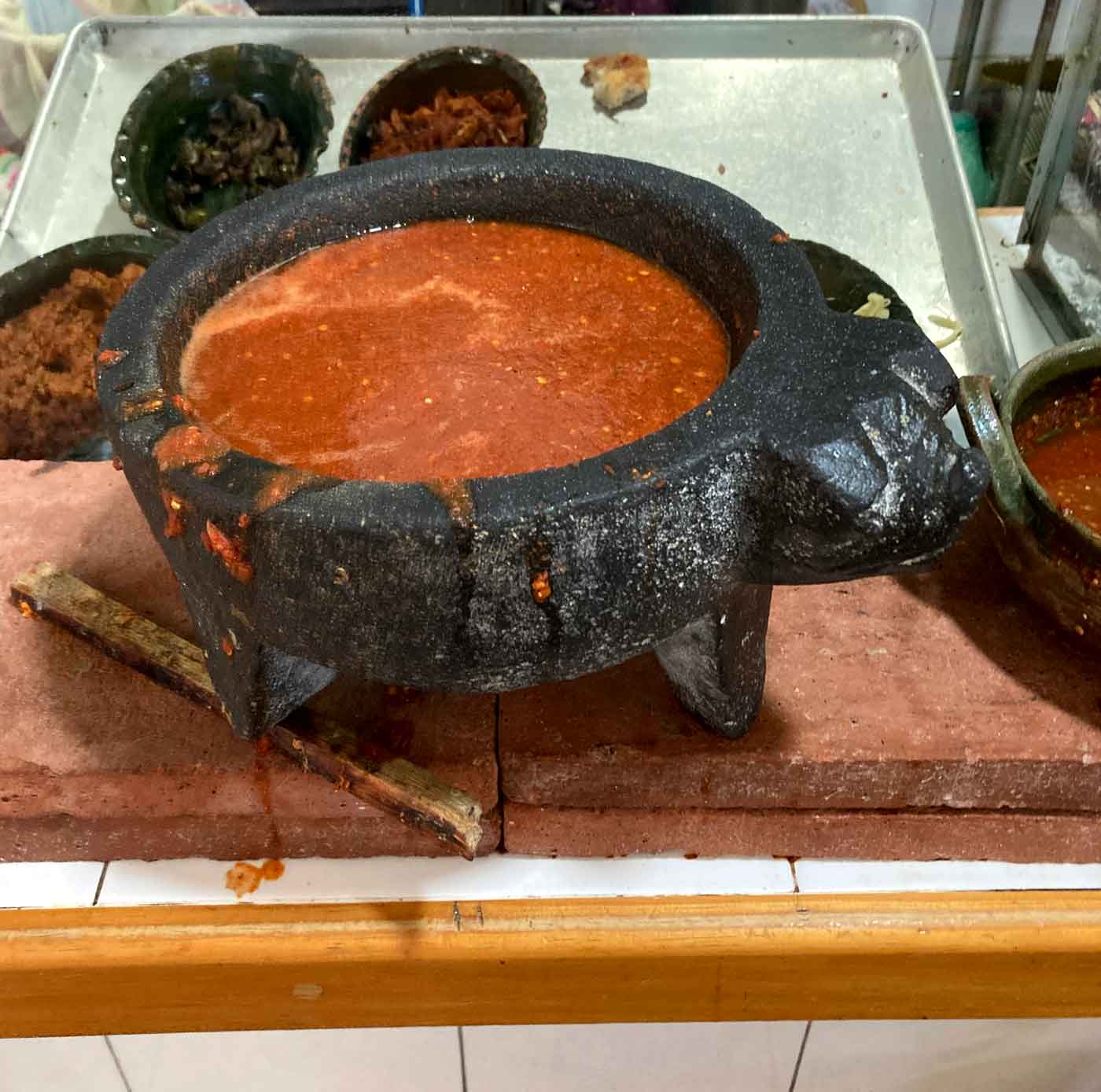
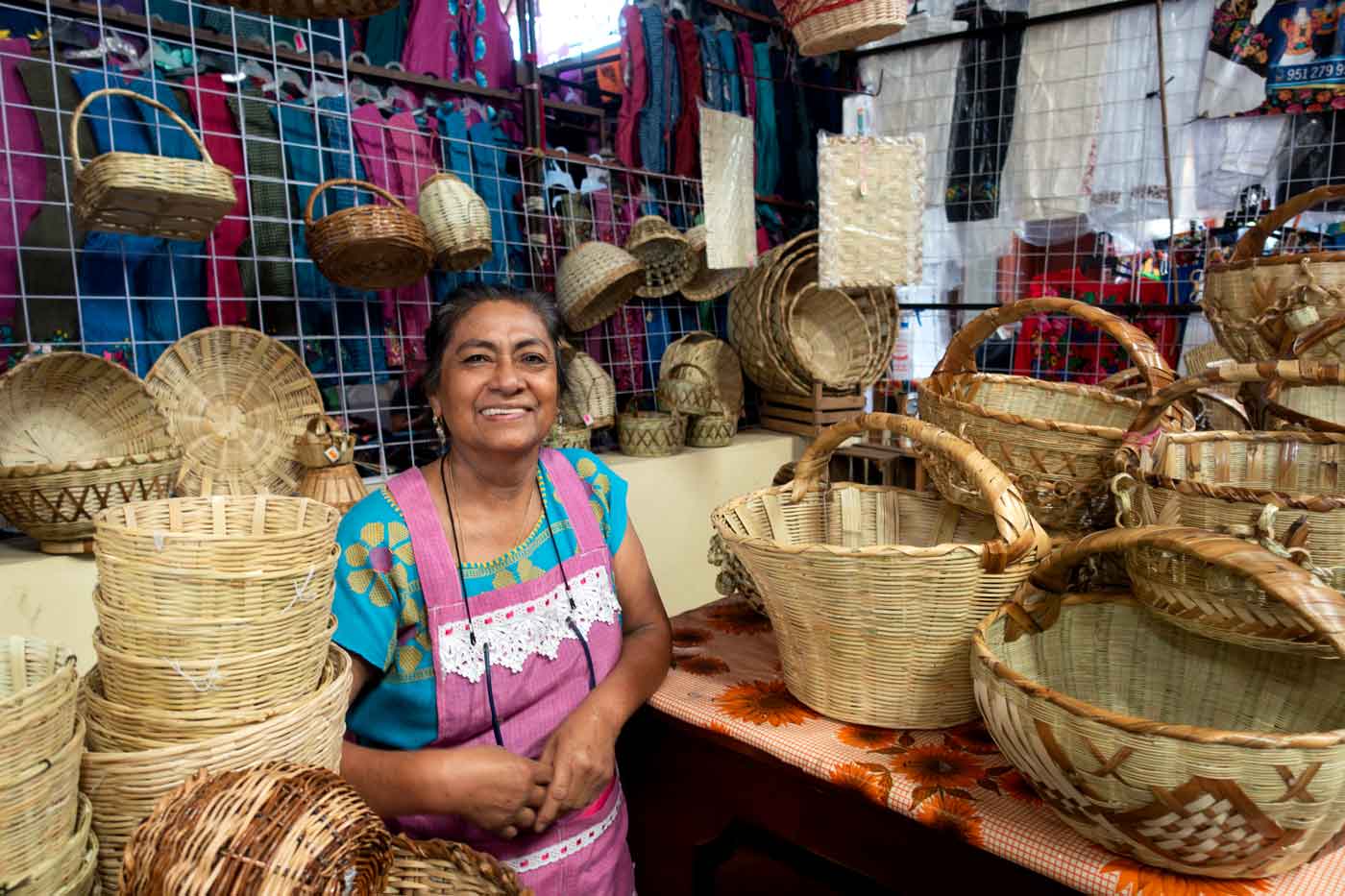
We did two days of guided hikes with a local Zapotec guide. The Zapotec are the Indigenous people of Oaxaca. Archaeological evidence suggests that the Zapotec people have been on this land from as early as 500-300 B.C.
The Pueblos Mancomunados is a collection of eight Zapotec communities set in the highlands of northern Oaxaca’s Sierra Norte region. Peaceful and stunning landscape, with no shortage of wild and cultivated agave plants, which are used to make mezcal, lots and lots of mezcal.
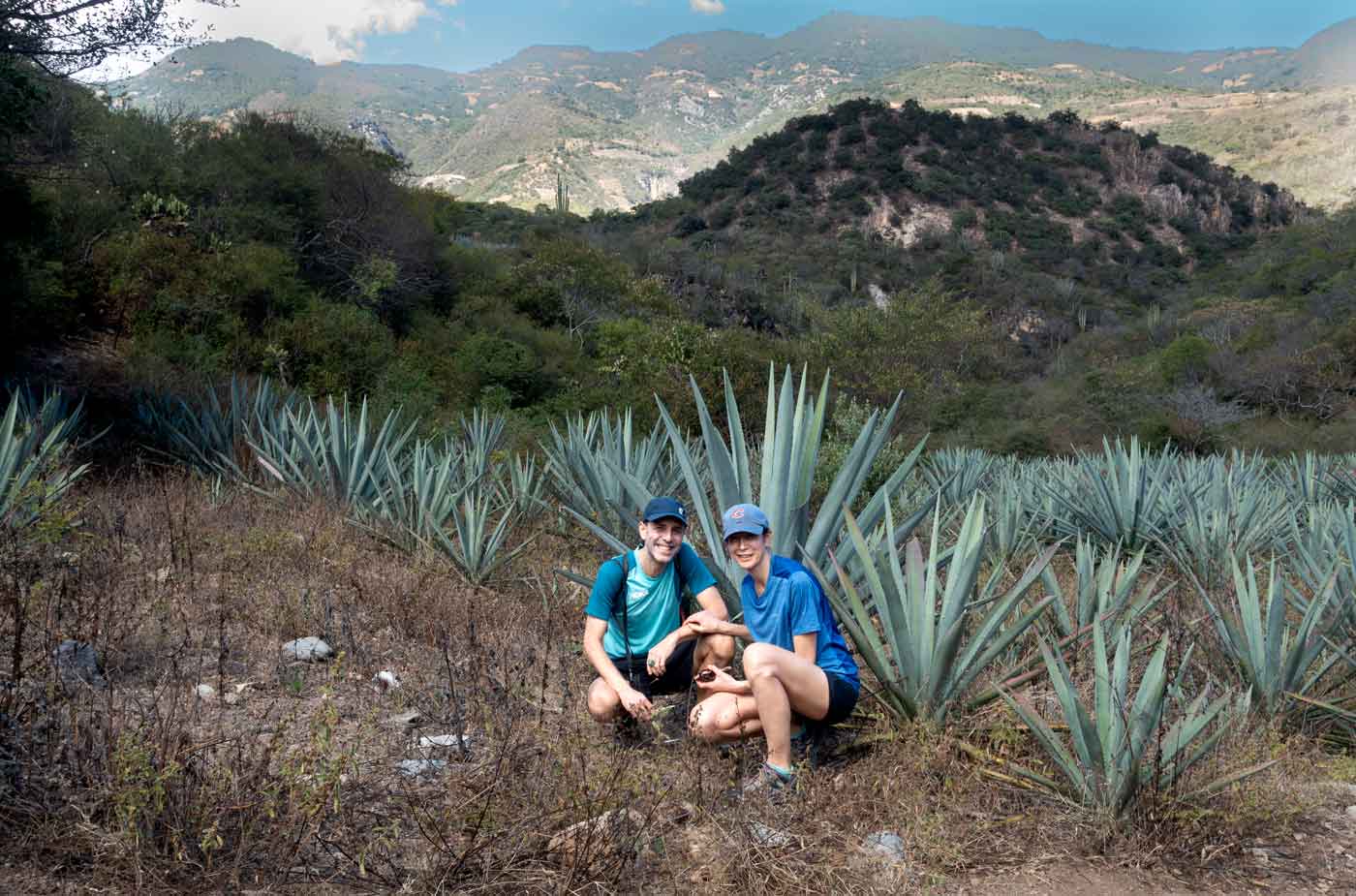
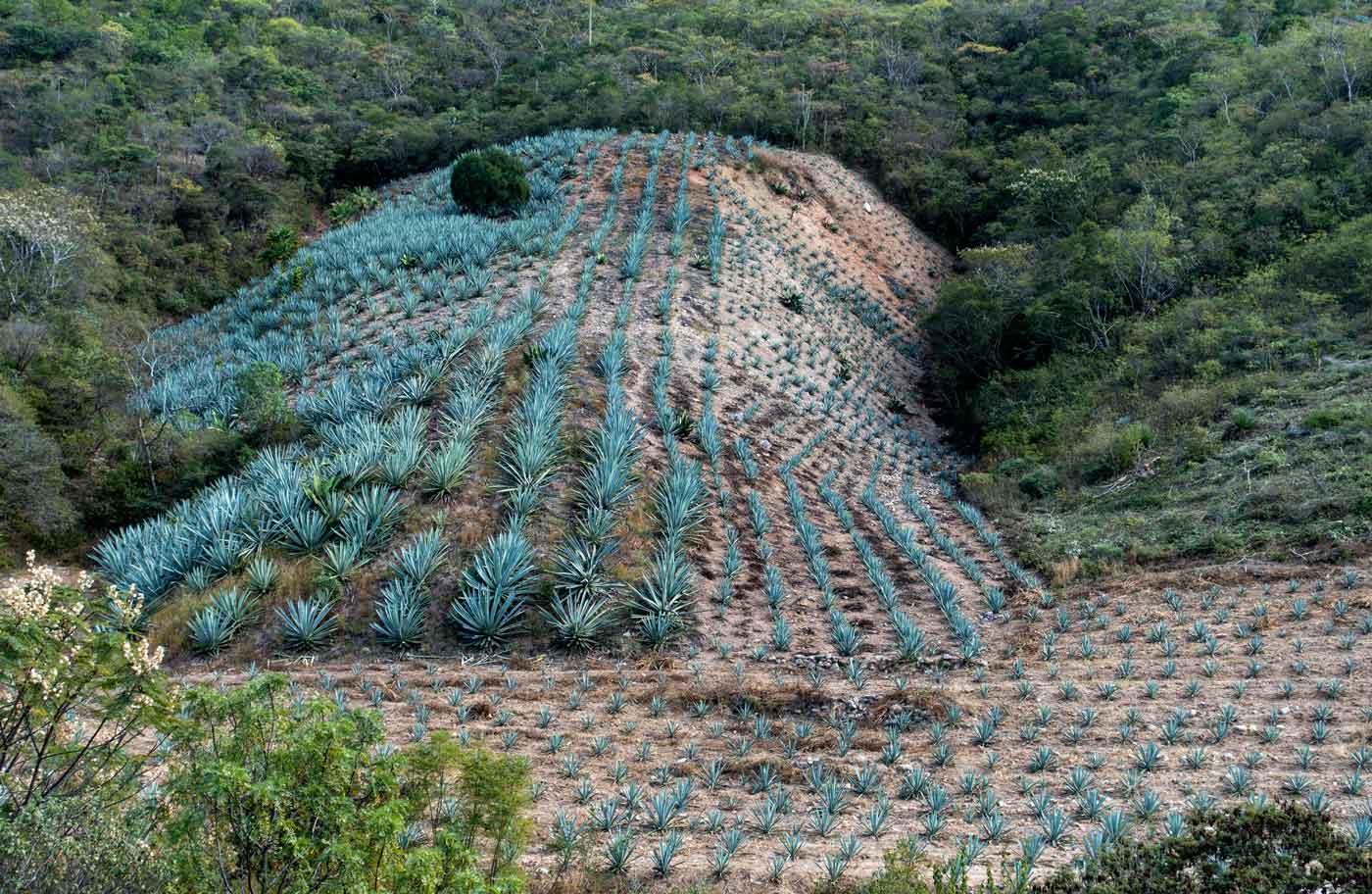
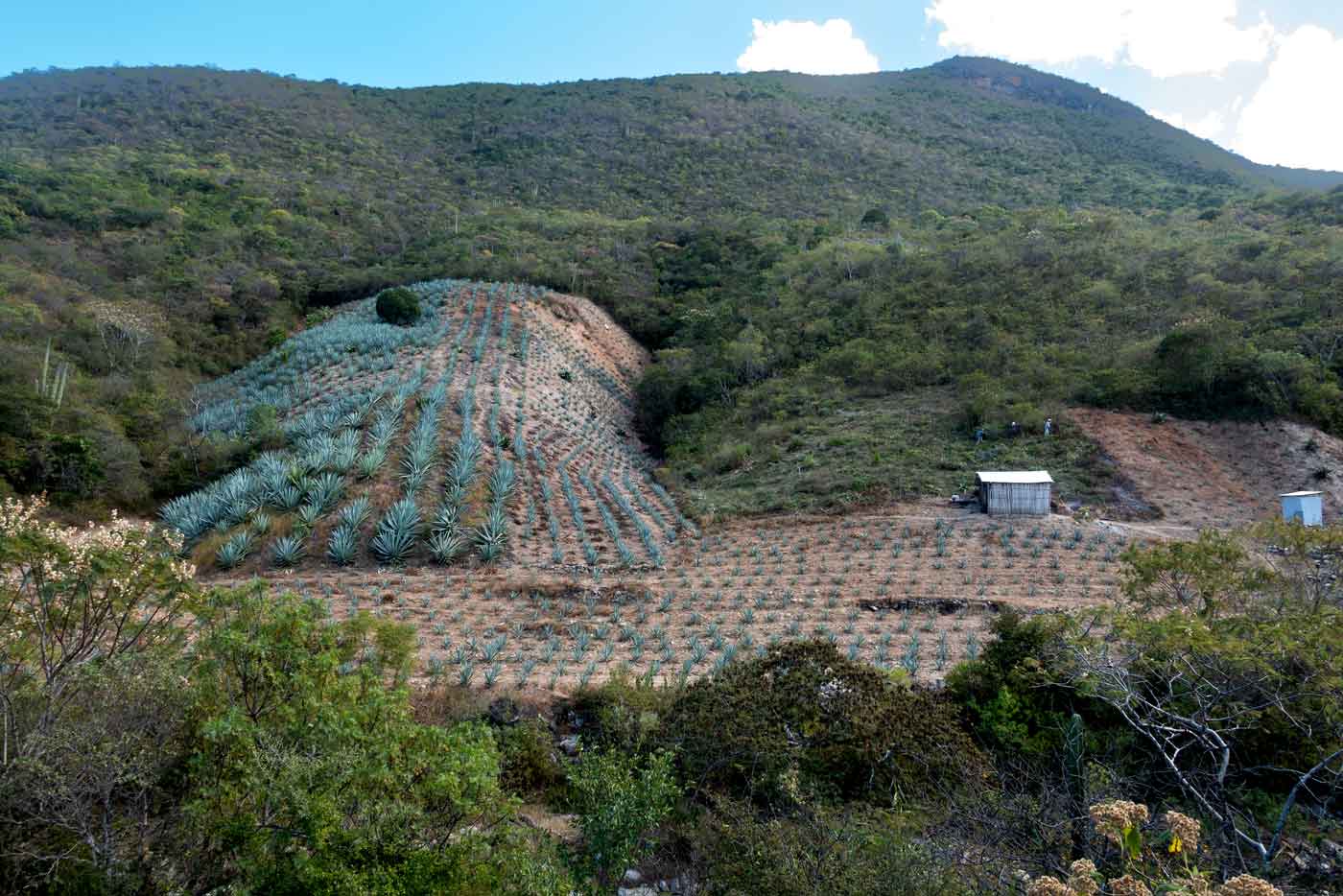
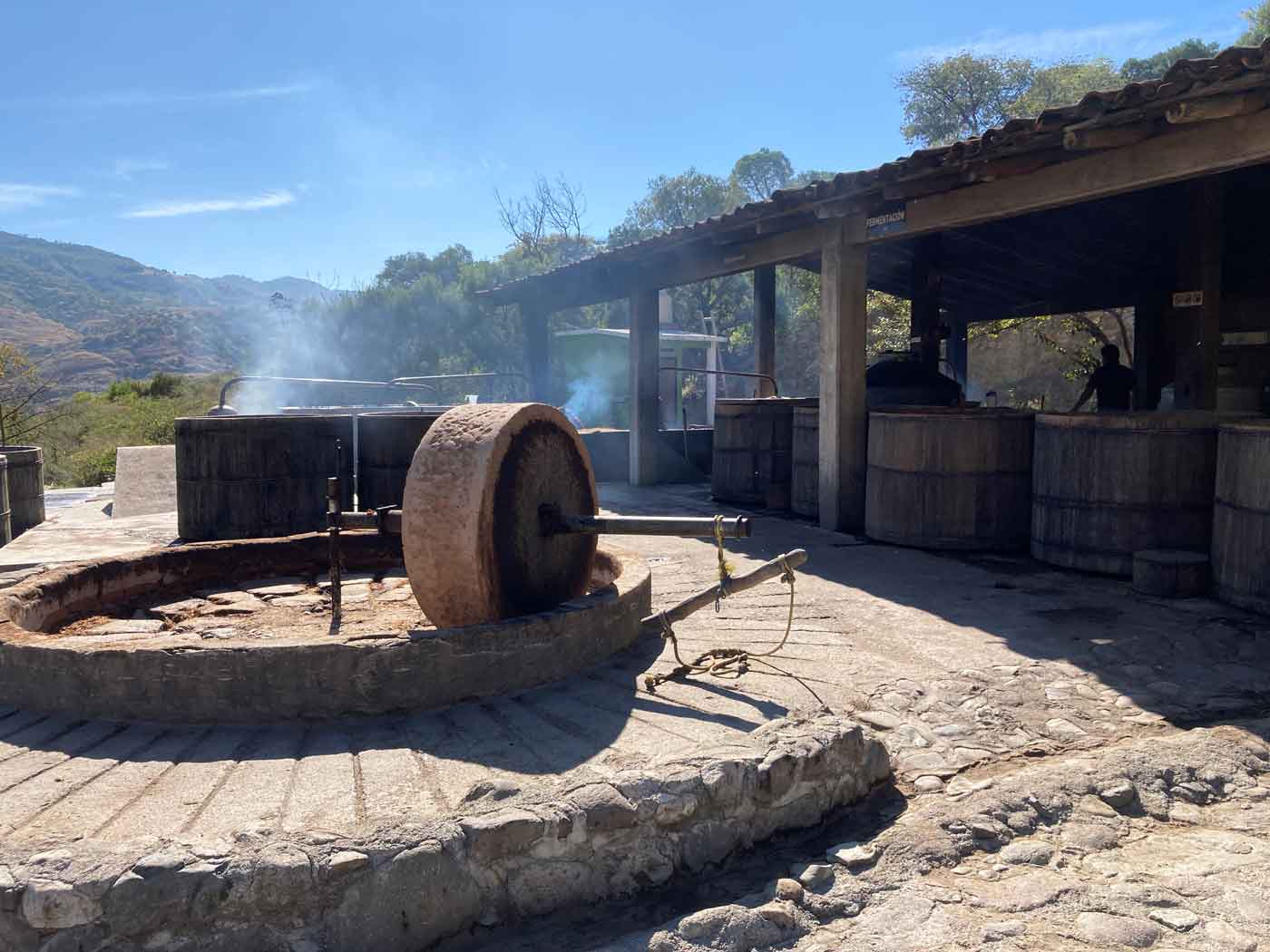
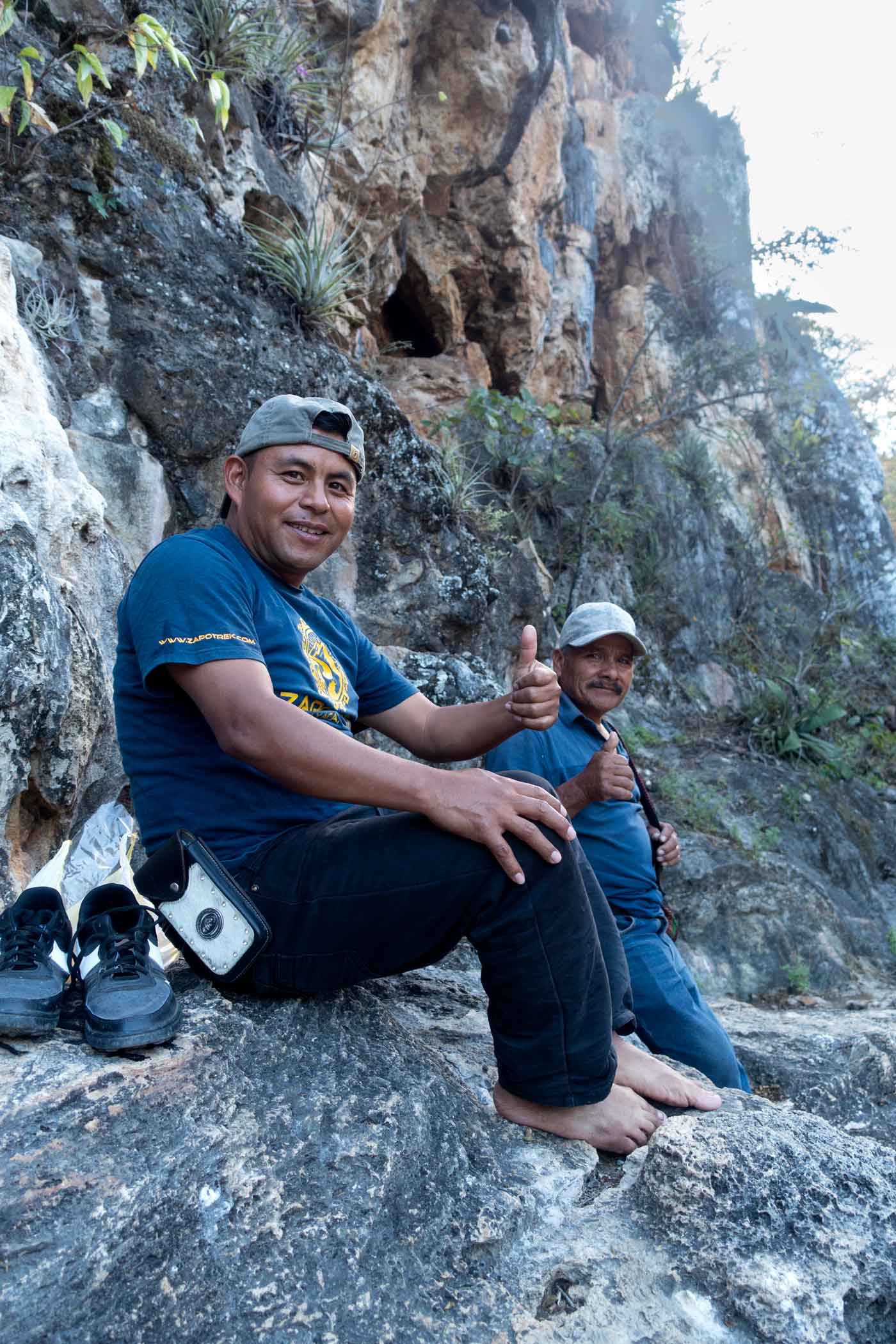
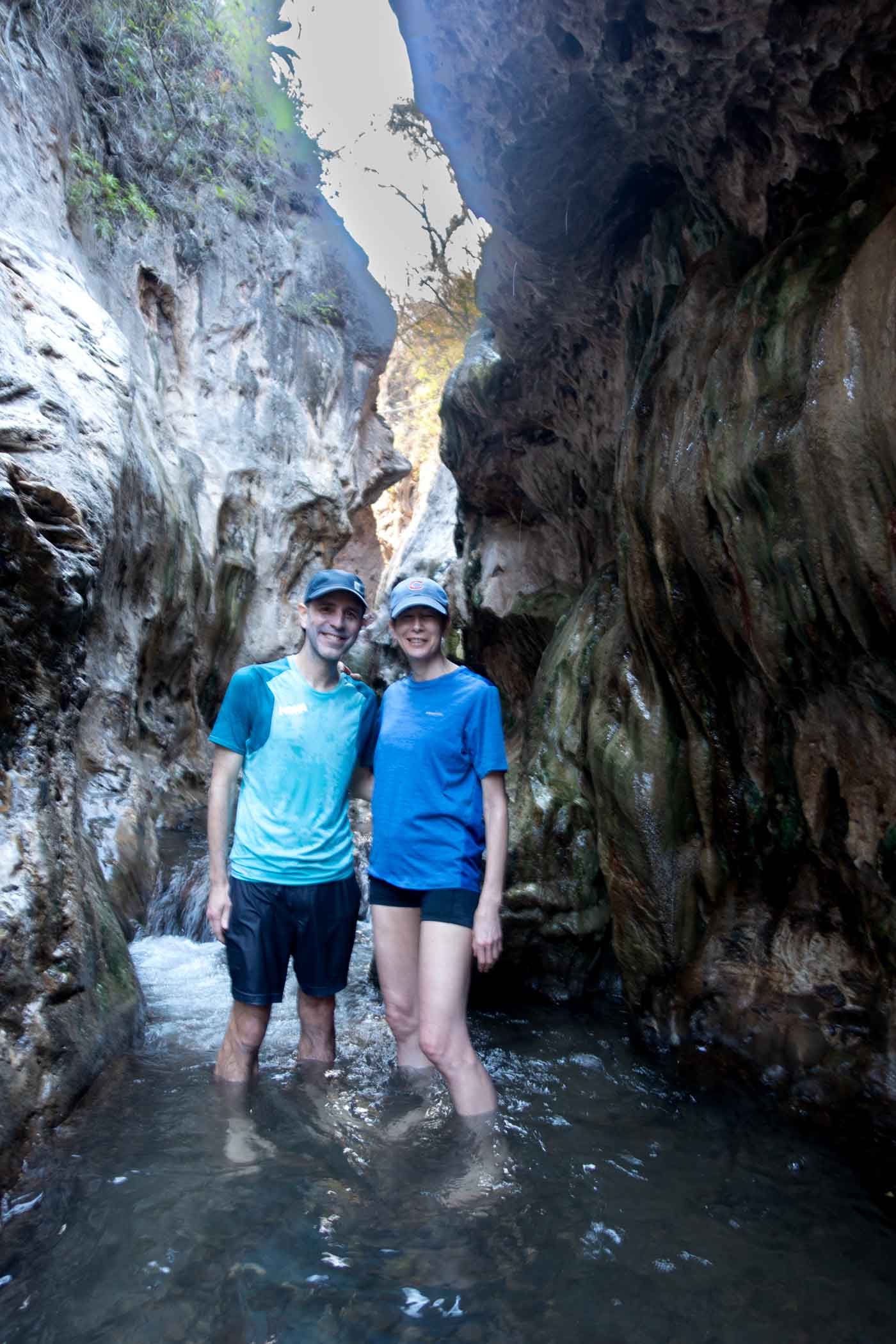
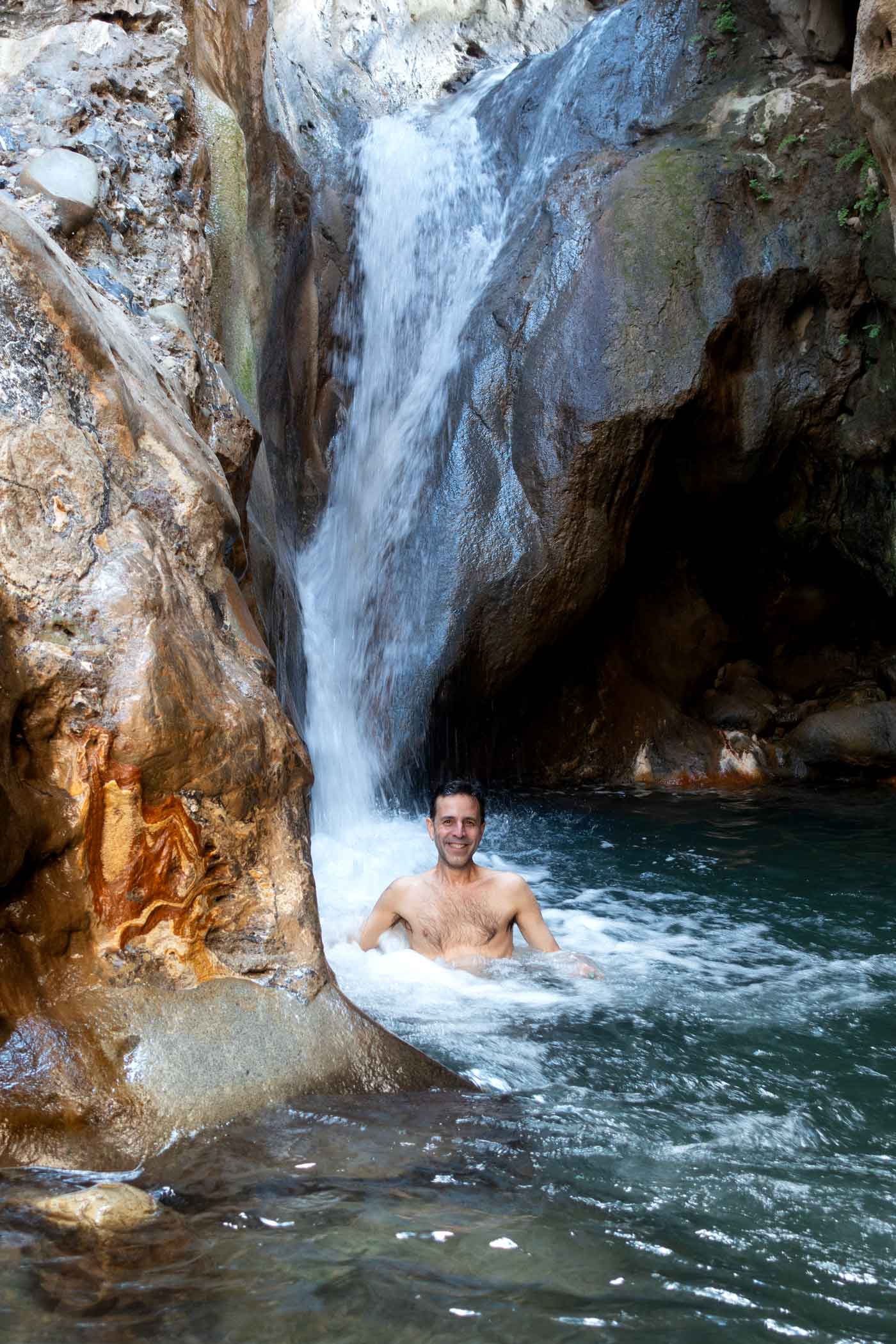
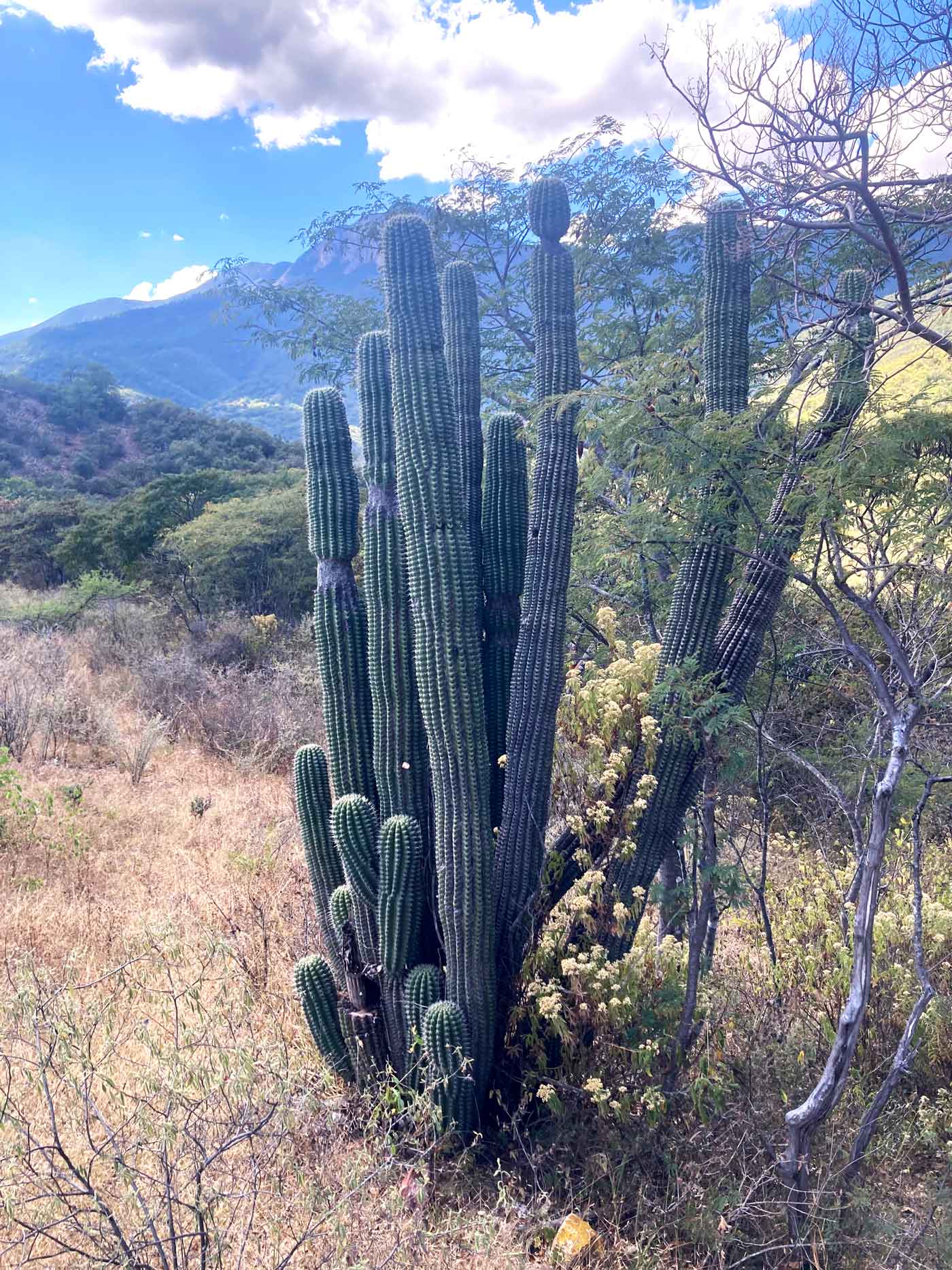
Ten seconds of zen…
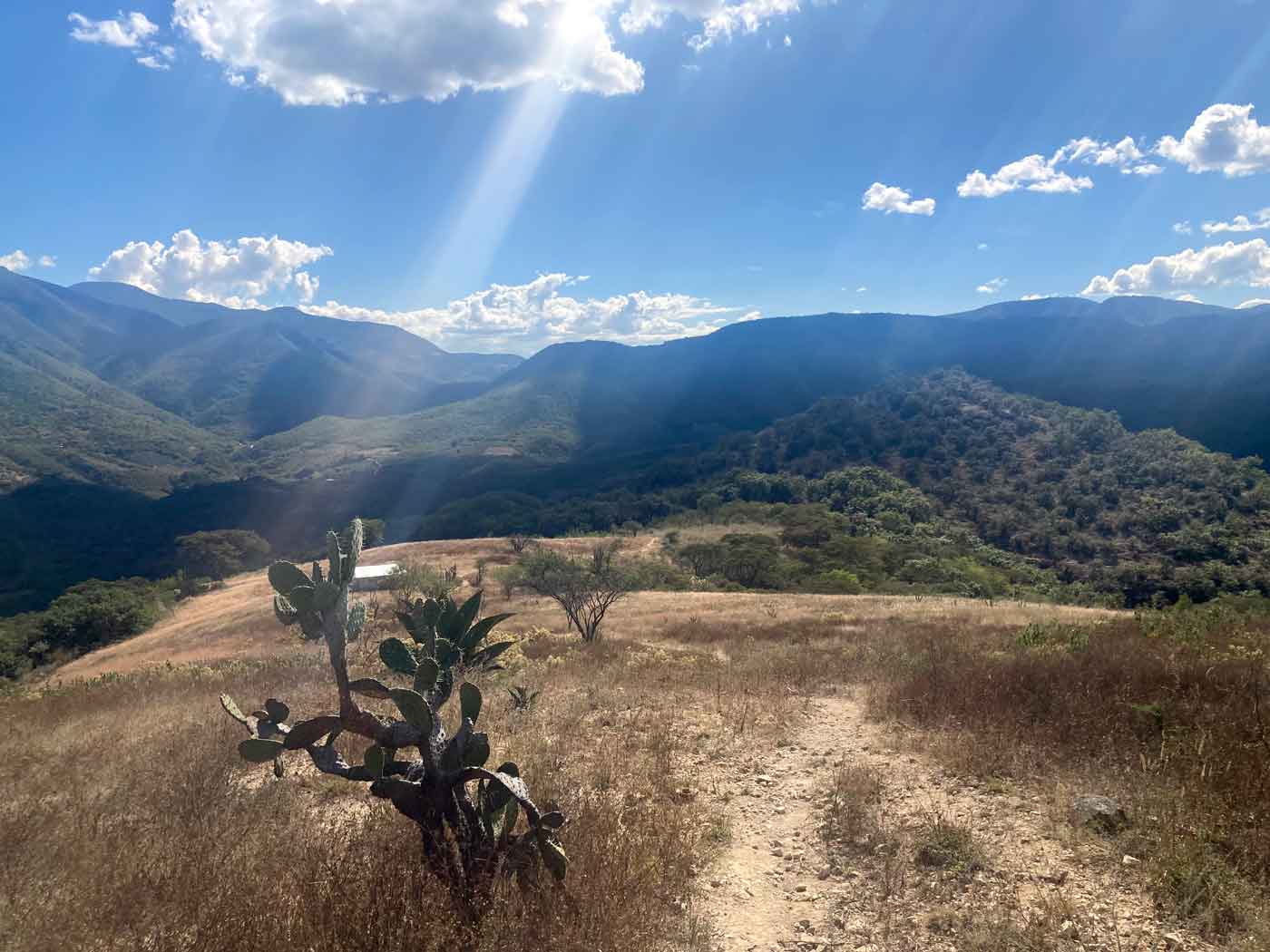
After four hours of hiking on day 1, we made it to the top (along with our guide and two new amigos from Belgium and Amsterdam).
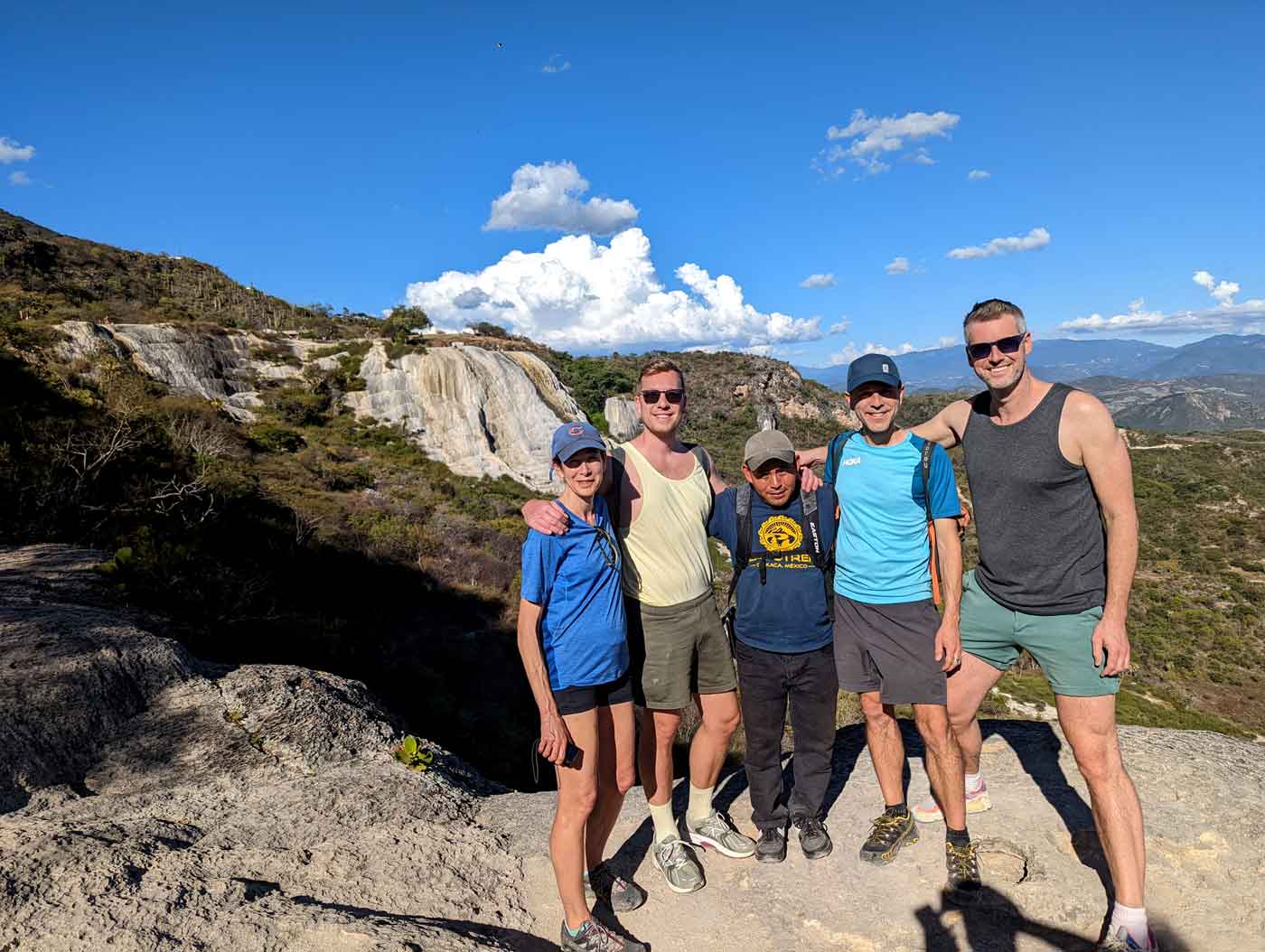
Hierve el Agua, is a set of petrified ‘waterfalls’, consisting of two waterfall-like rock formations overlooking the Tecolutla Valley. It formed by mineral-heavy water bubbling up from the middle of rocks, slowly calcifying over the cliffs for millions of years, resulting in a stunning landscape.
There are also a series of ‘infinity’ pools of natural spring water on the top of the cliff with breathtaking views of the surrounding mountains; these pools made for a much needed and welcomed dip for tired legs.
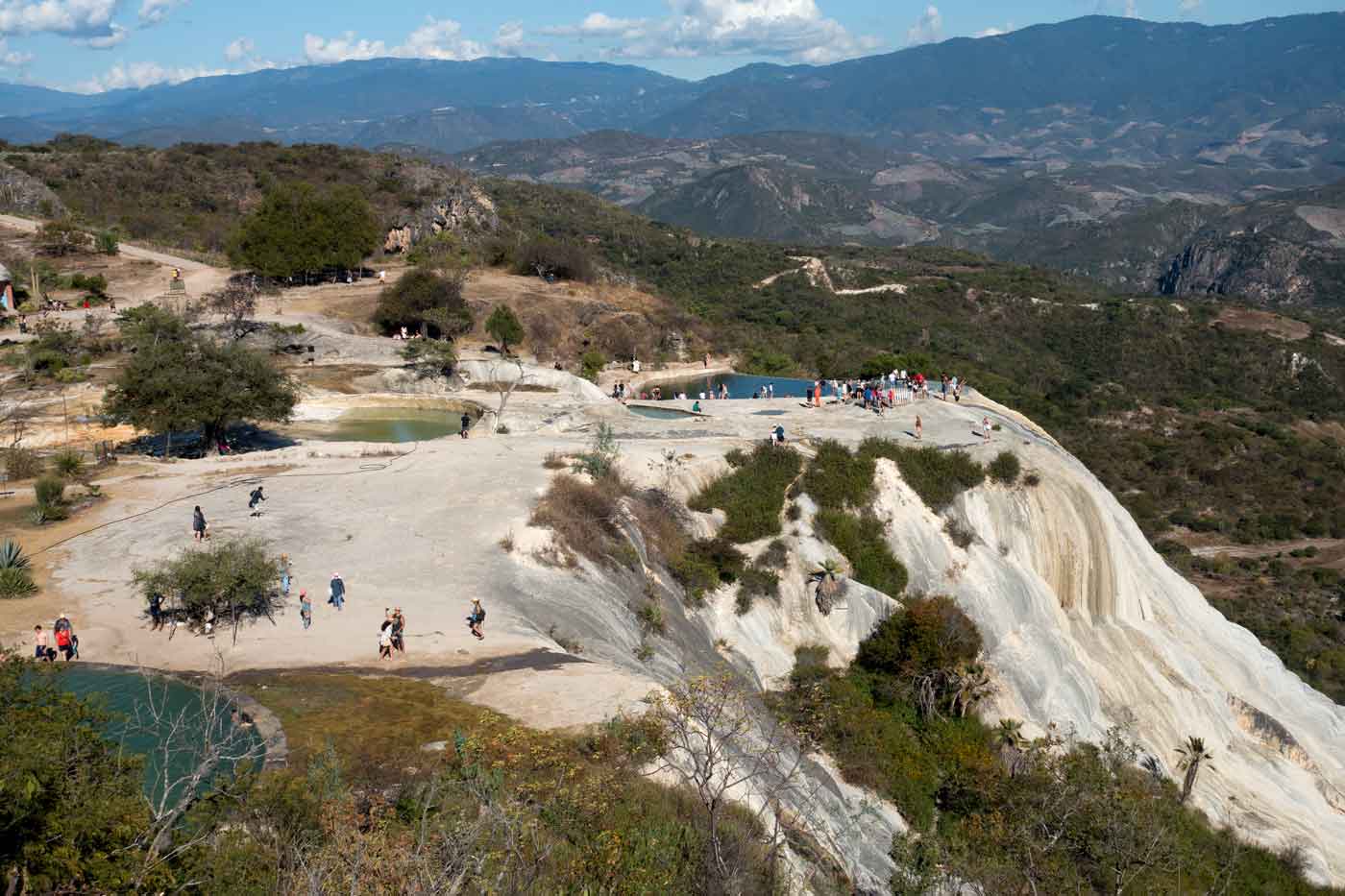
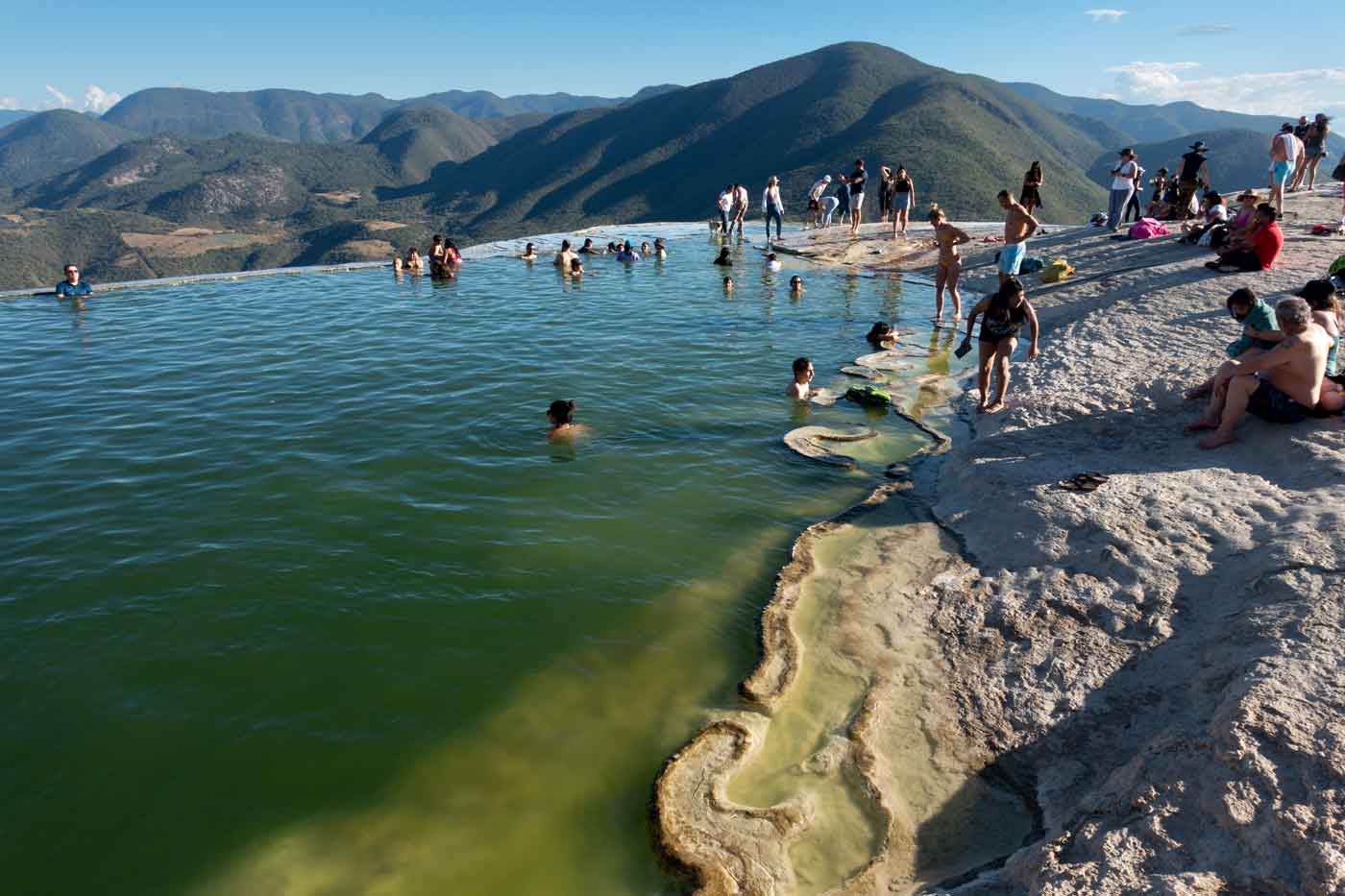
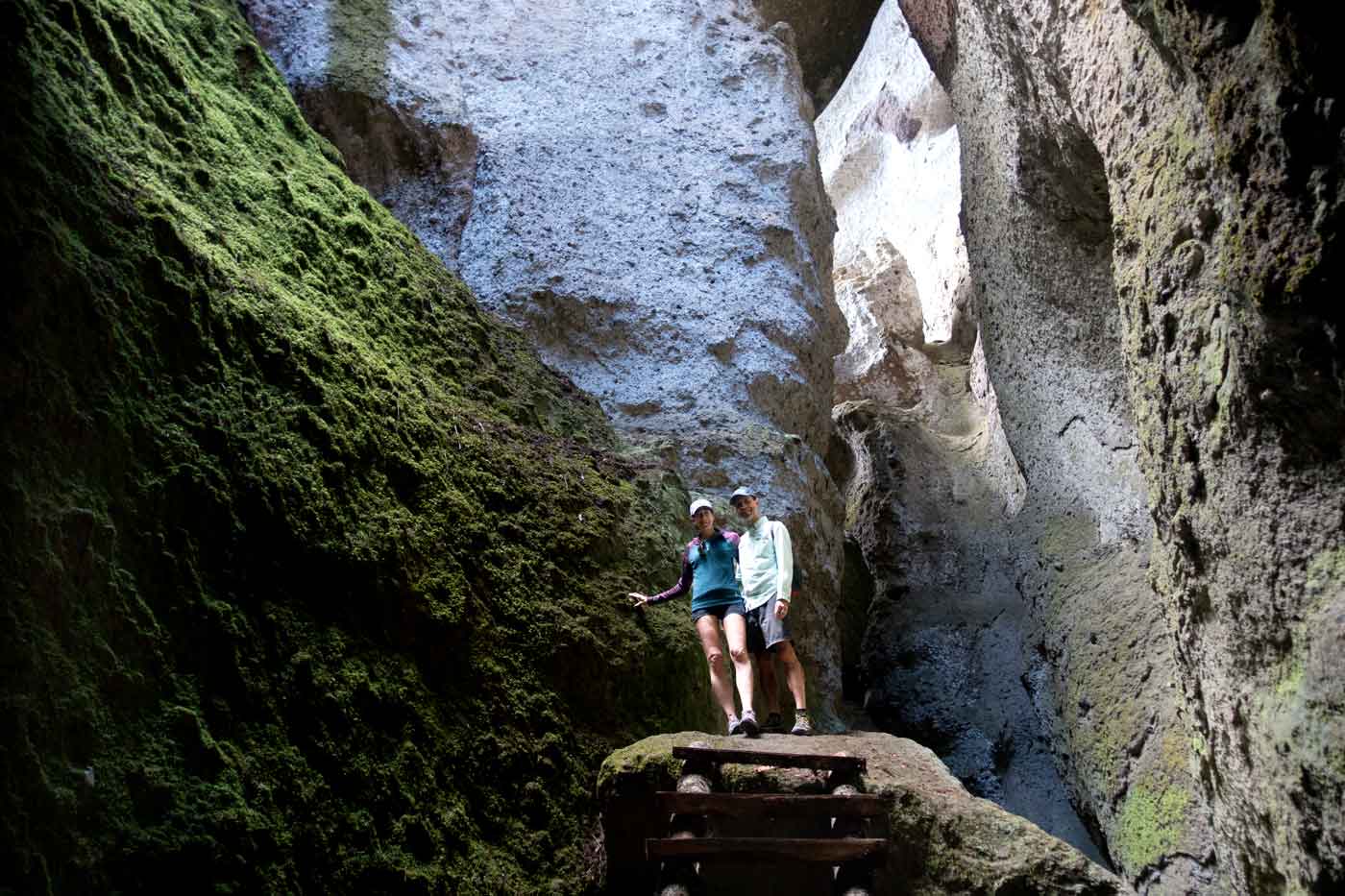
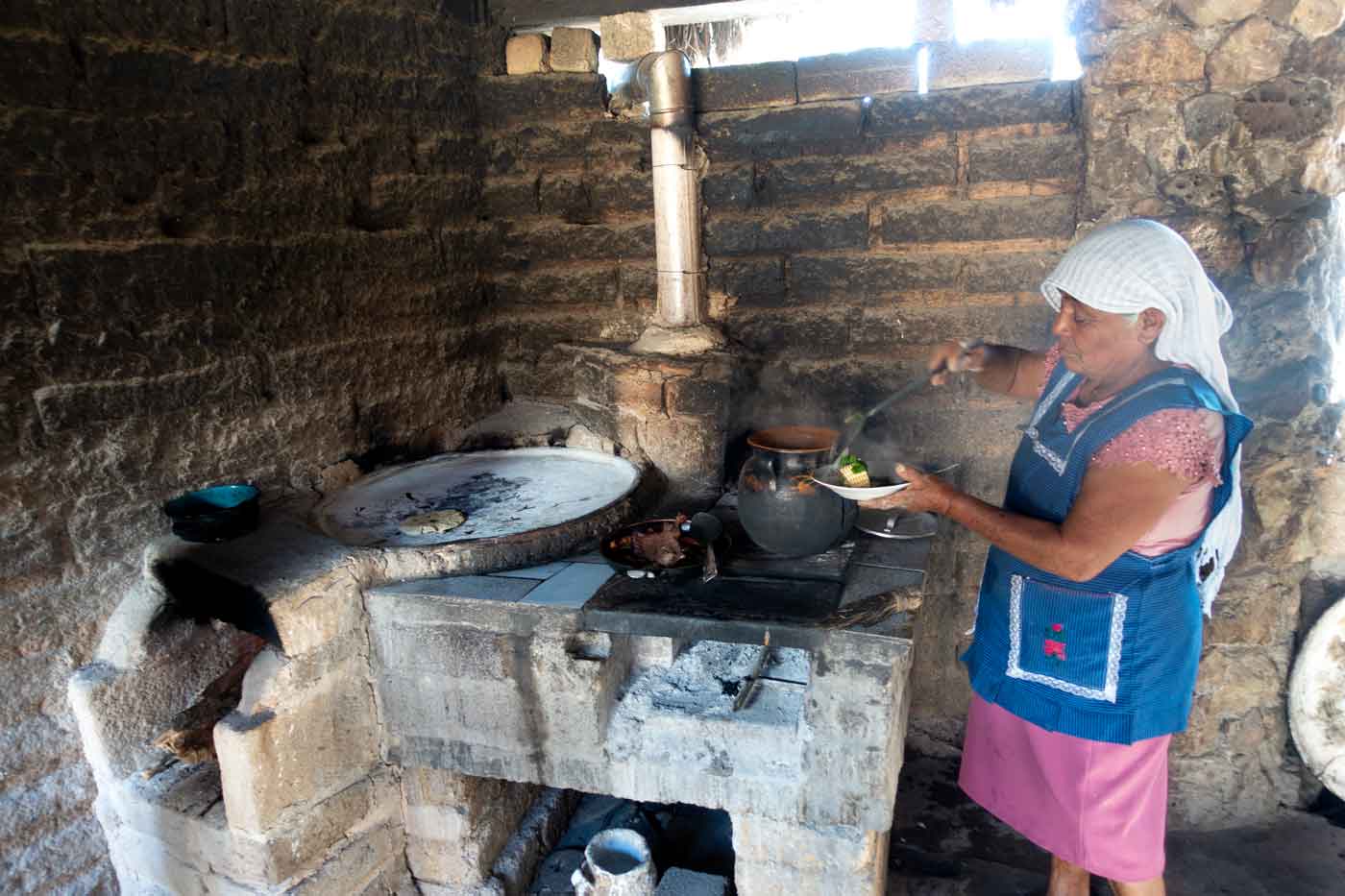
Making tortillas on the comal…
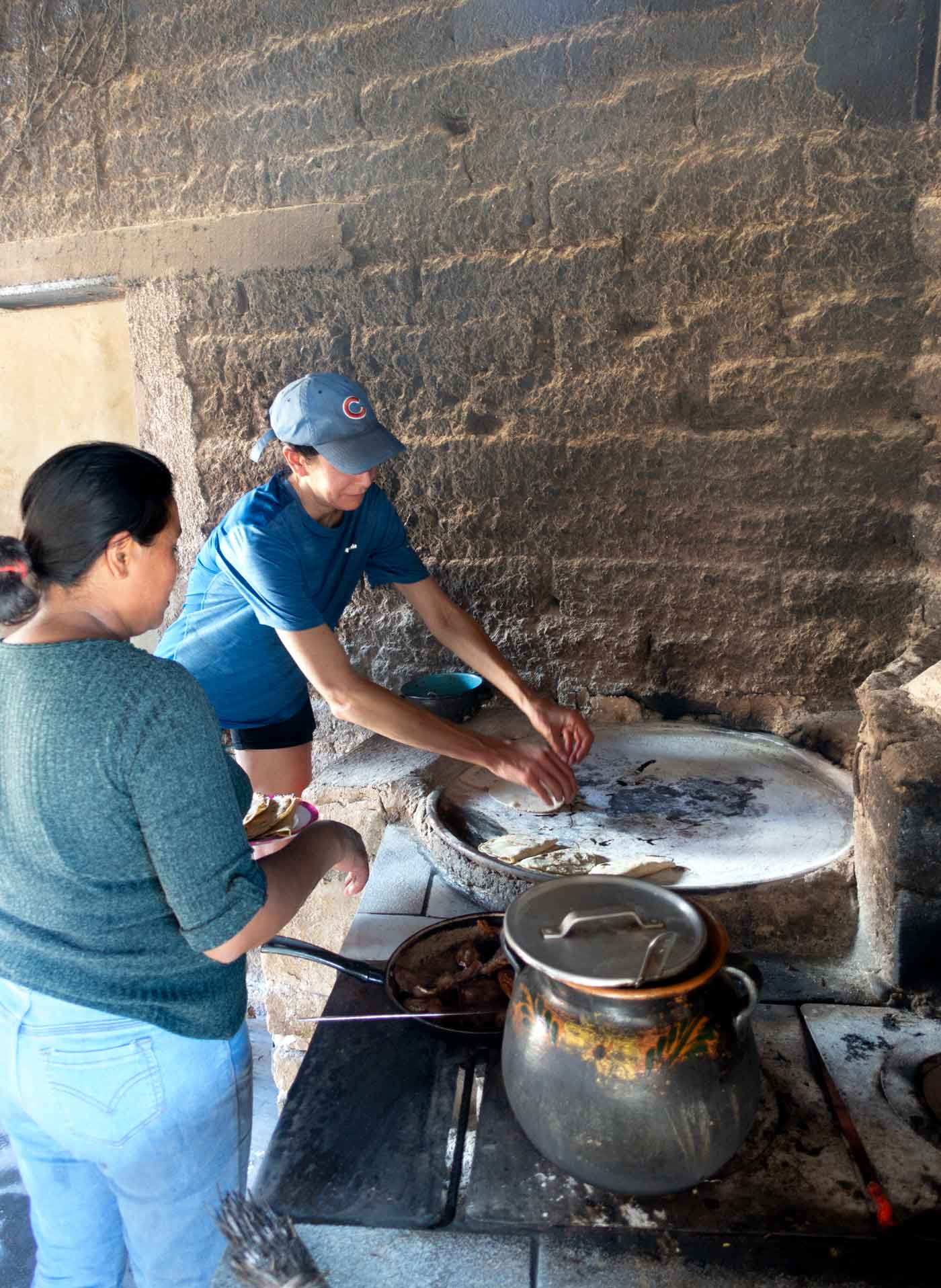
A local weaver who uses natural dyes to make textiles…
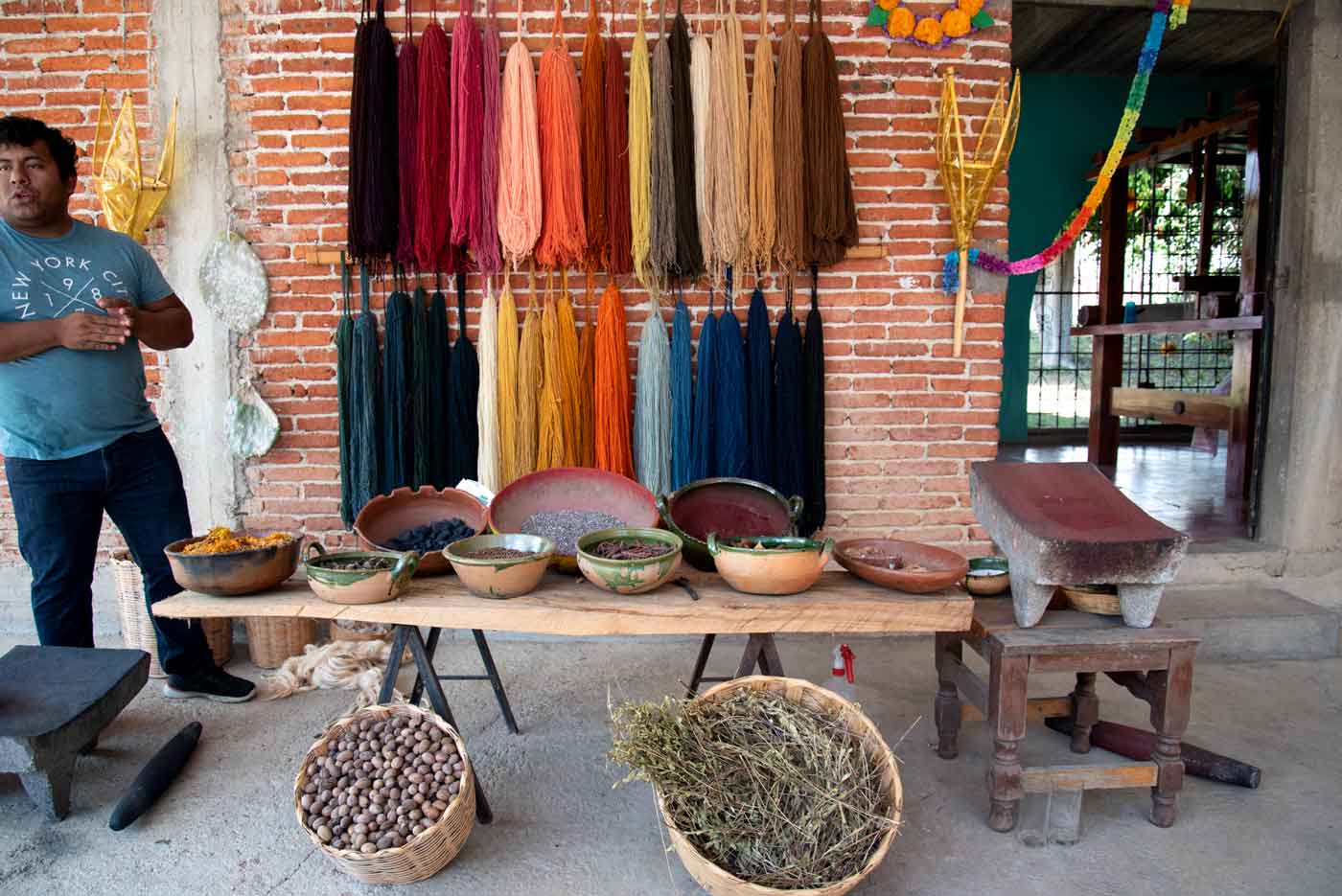
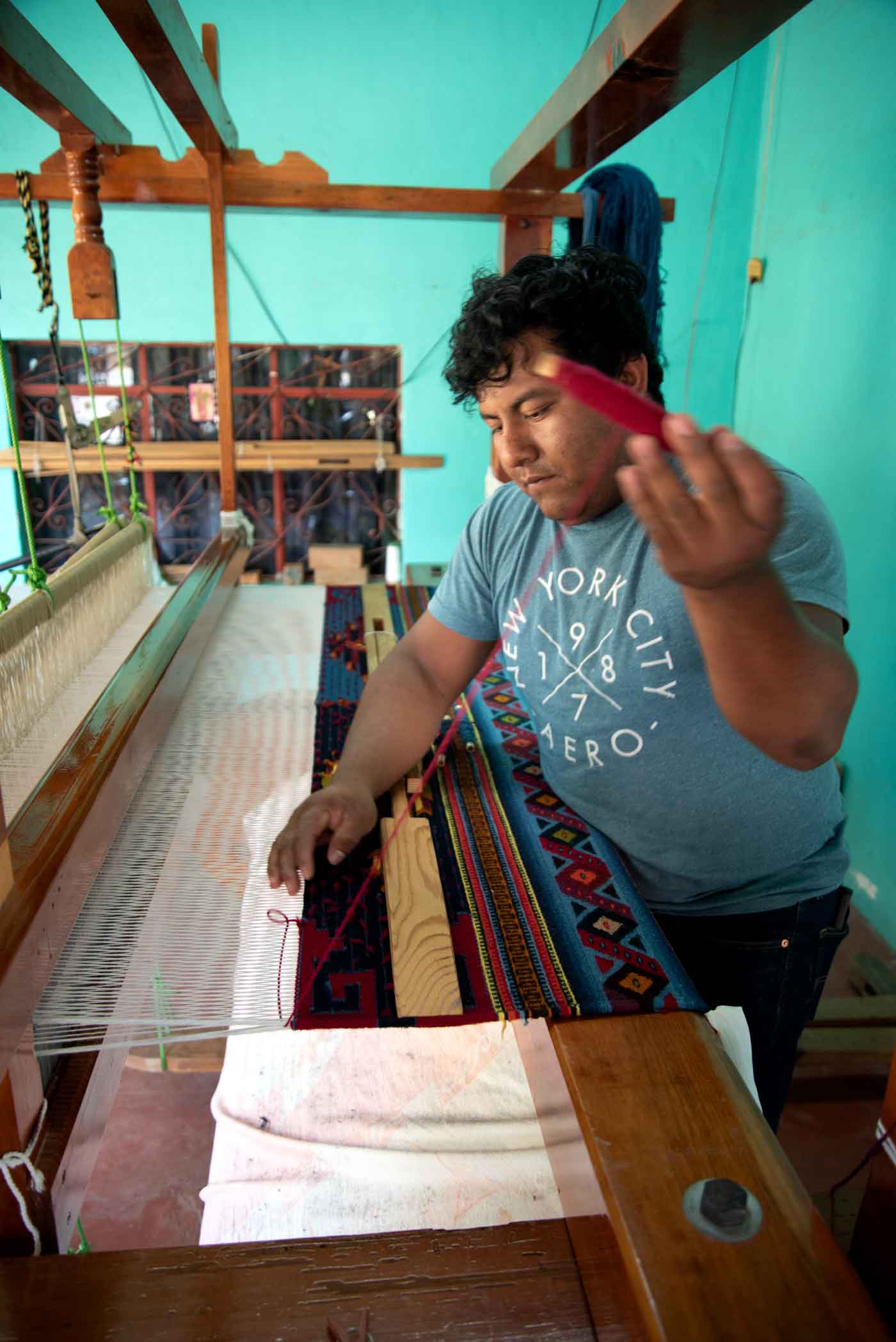
My first time horseback riding. My horse, her name is Newest (aka baby girl).
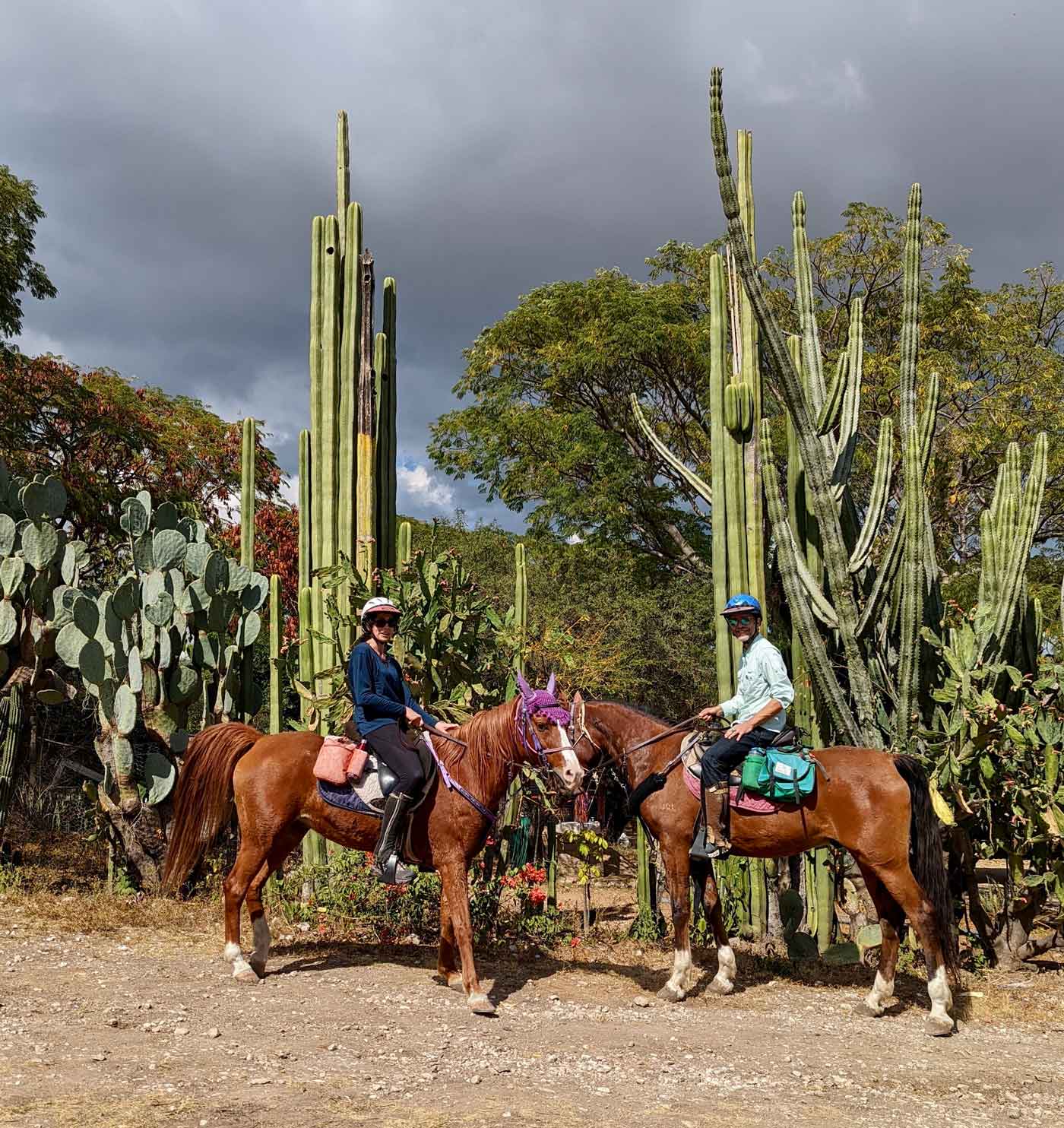
The municipality of Santa Maria del Tule’s claim to fame is that it is the home of a 2,000-year-old Montezuma cypress tree known as the El Árbol del Tule, which is one of the oldest, largest, and widest trees in the world.
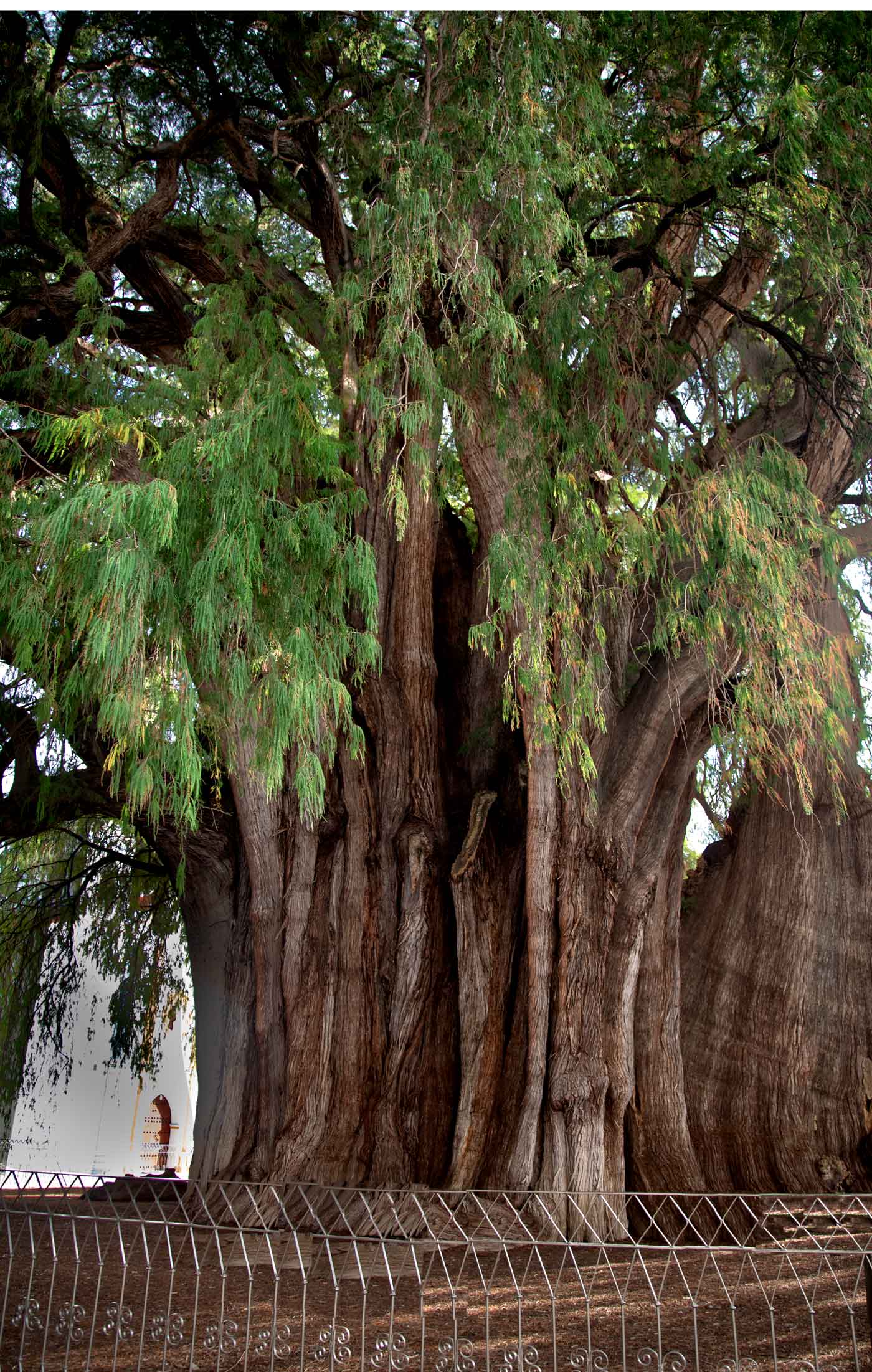
Wandering Around Oaxaca City…
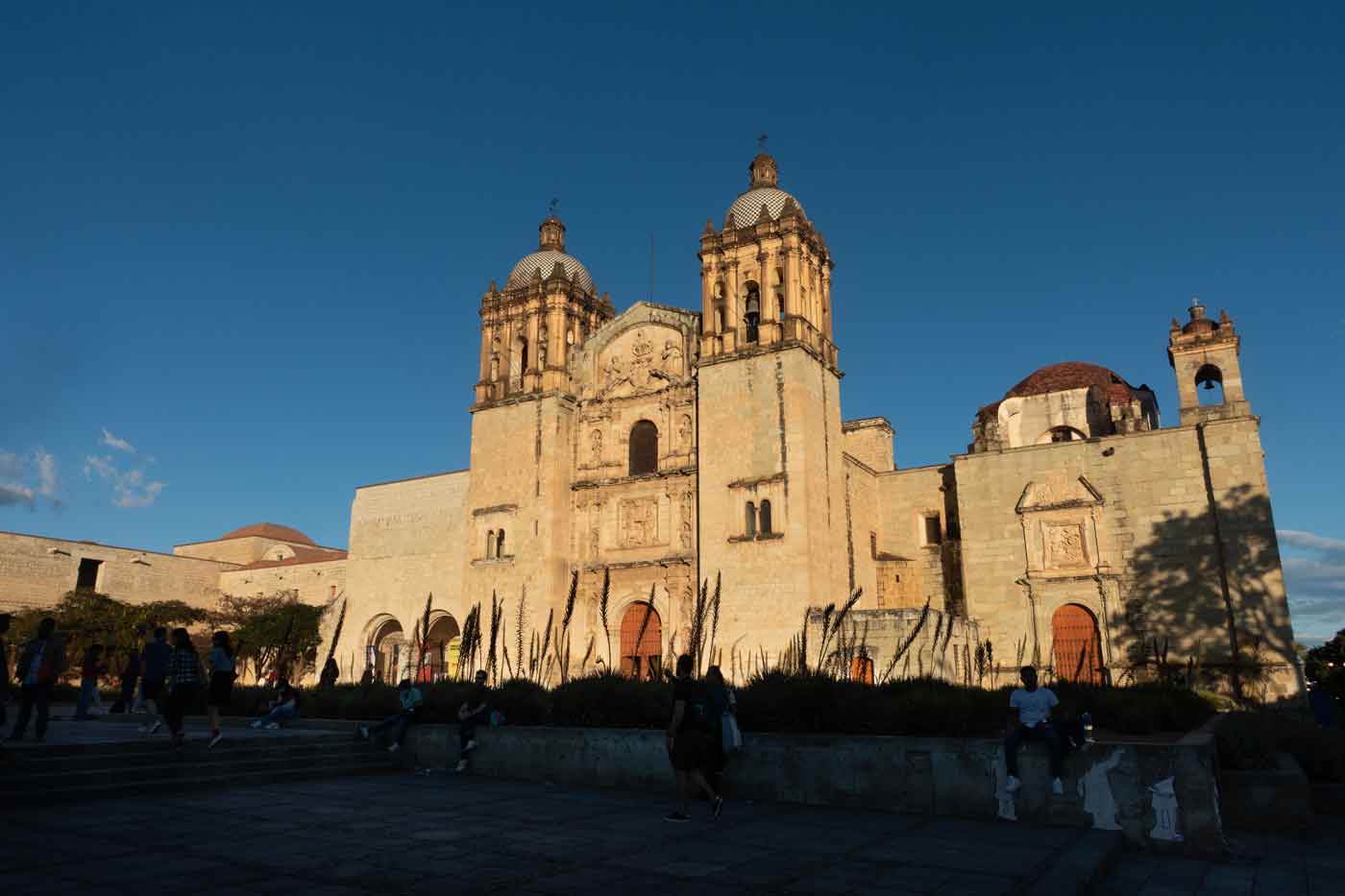
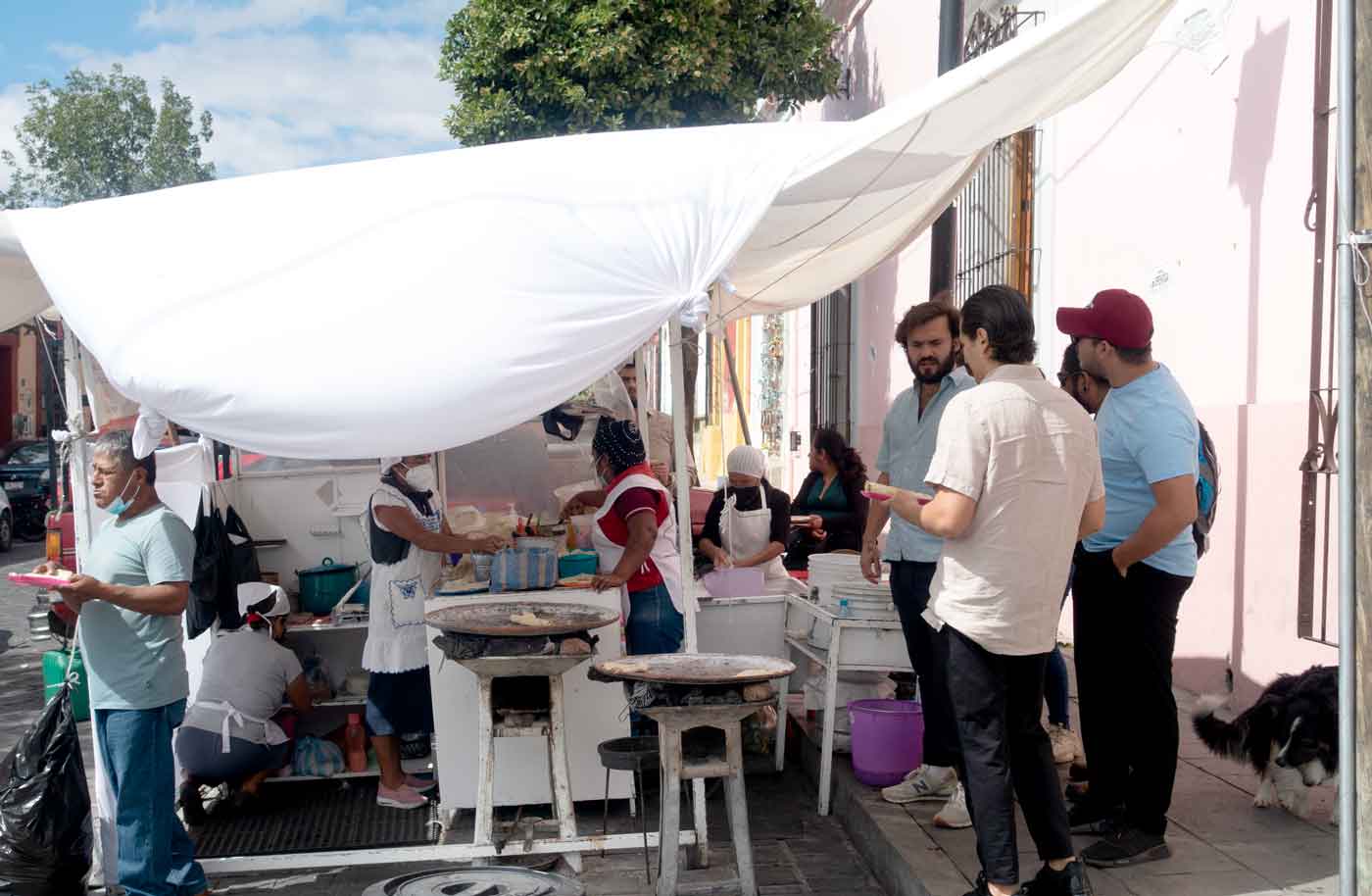
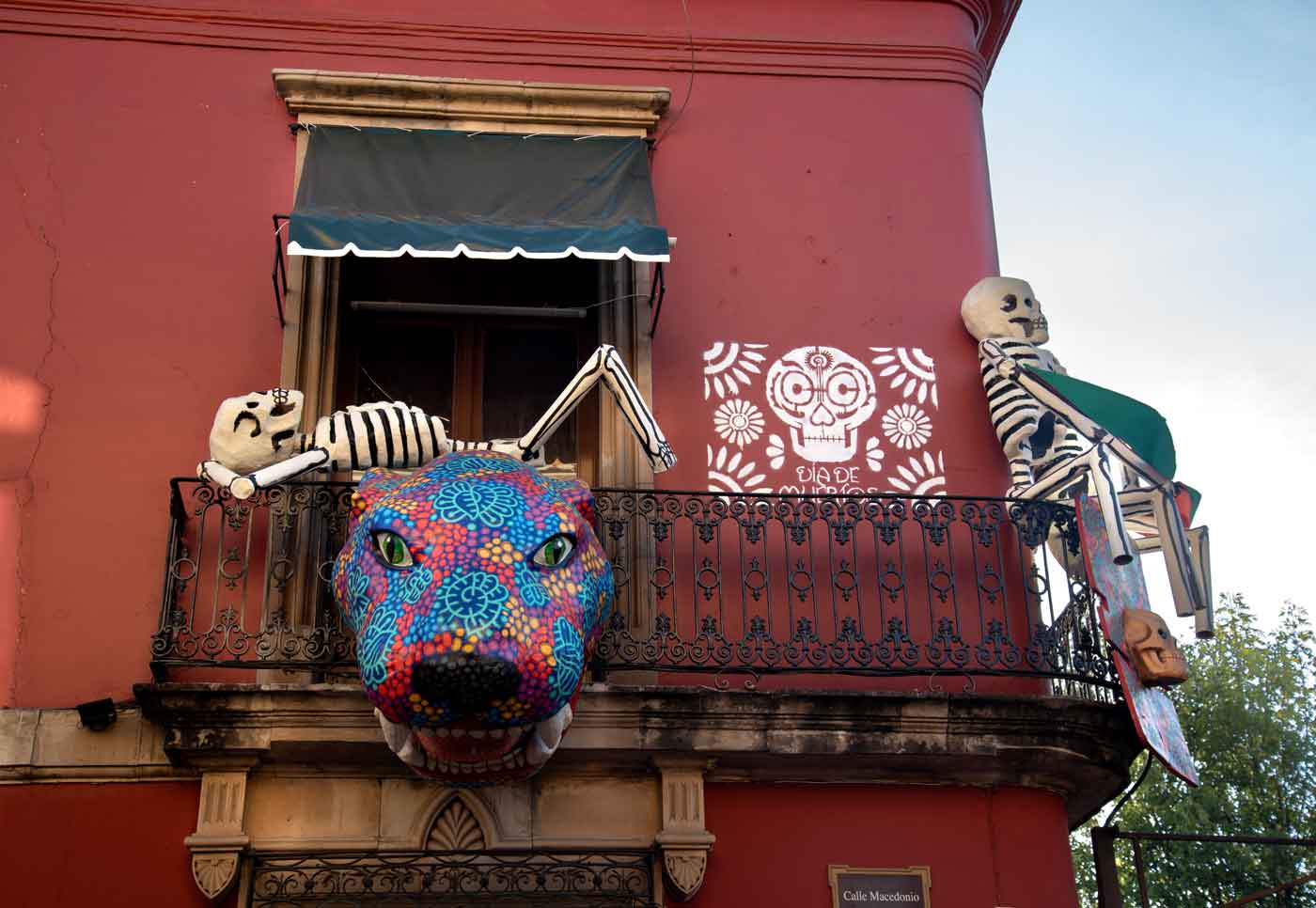

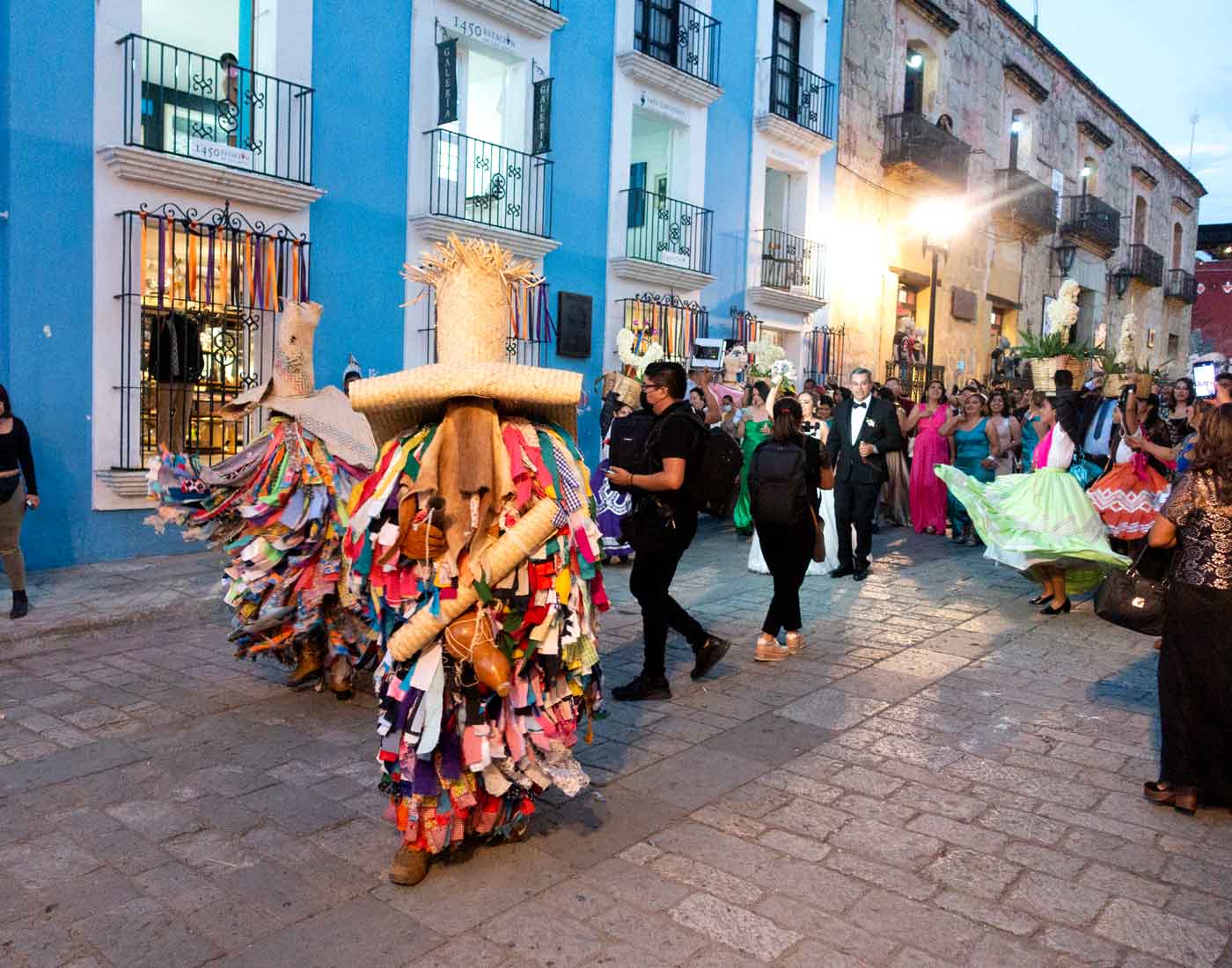
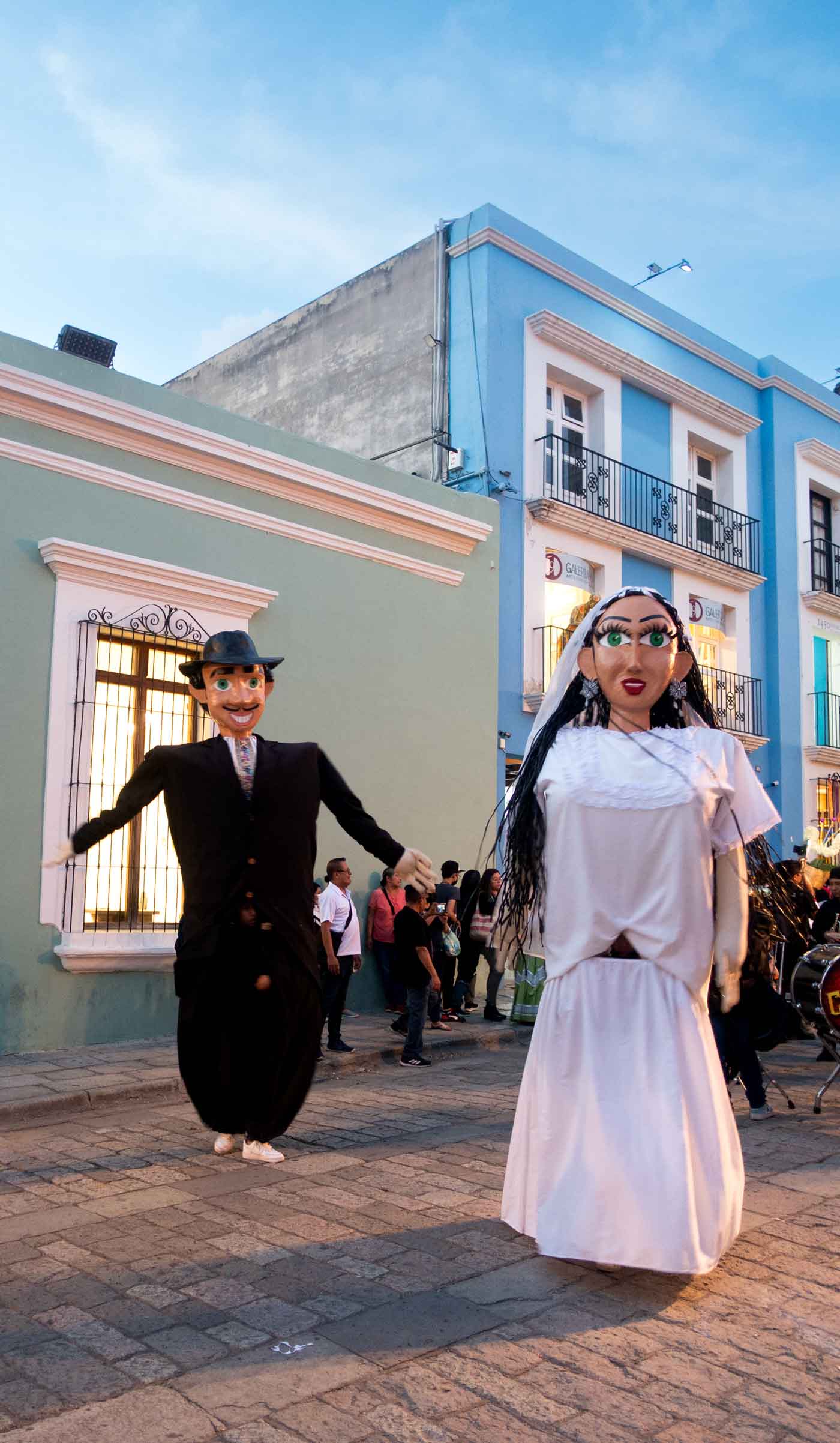
Amazing street art scattered throughout the city…
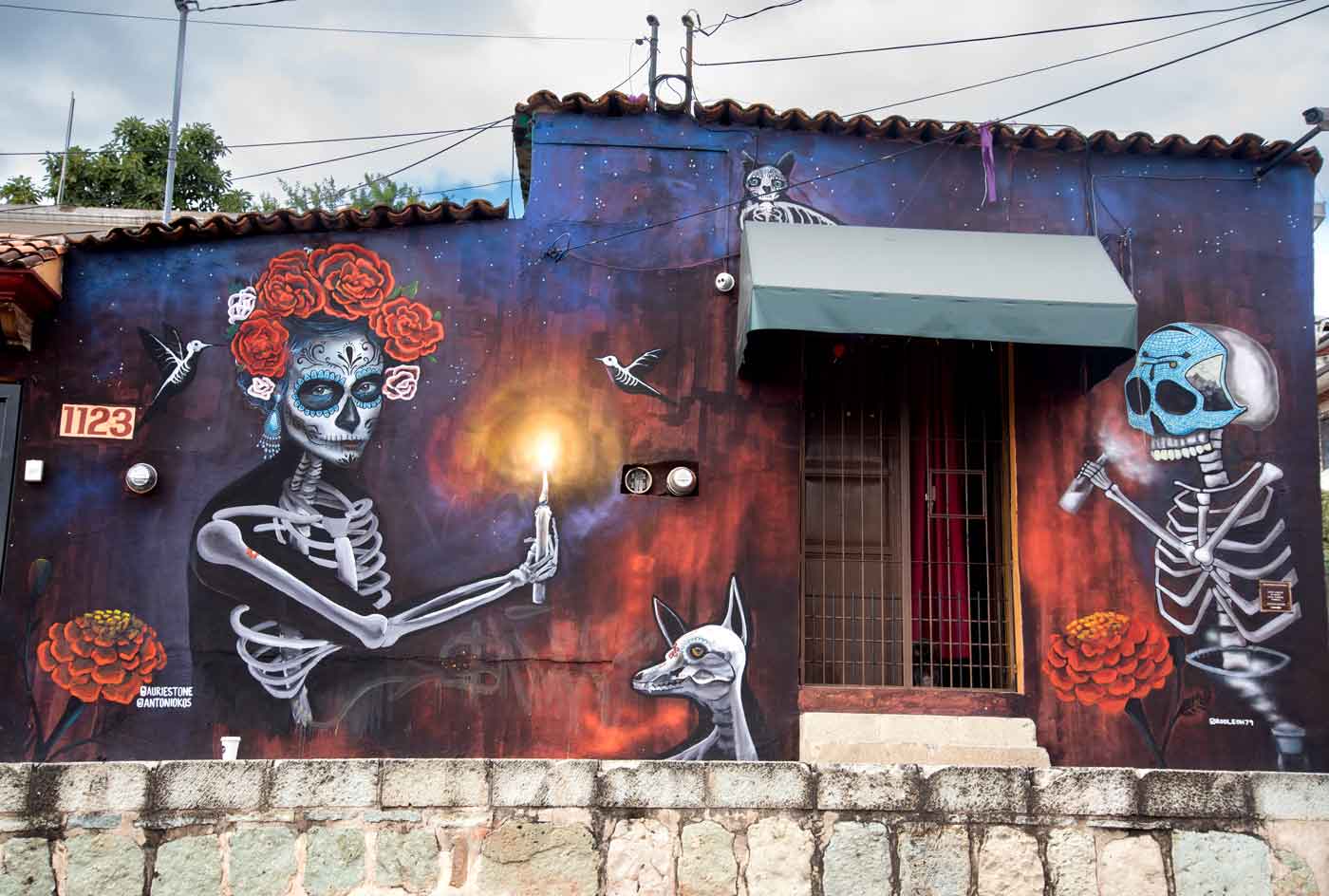
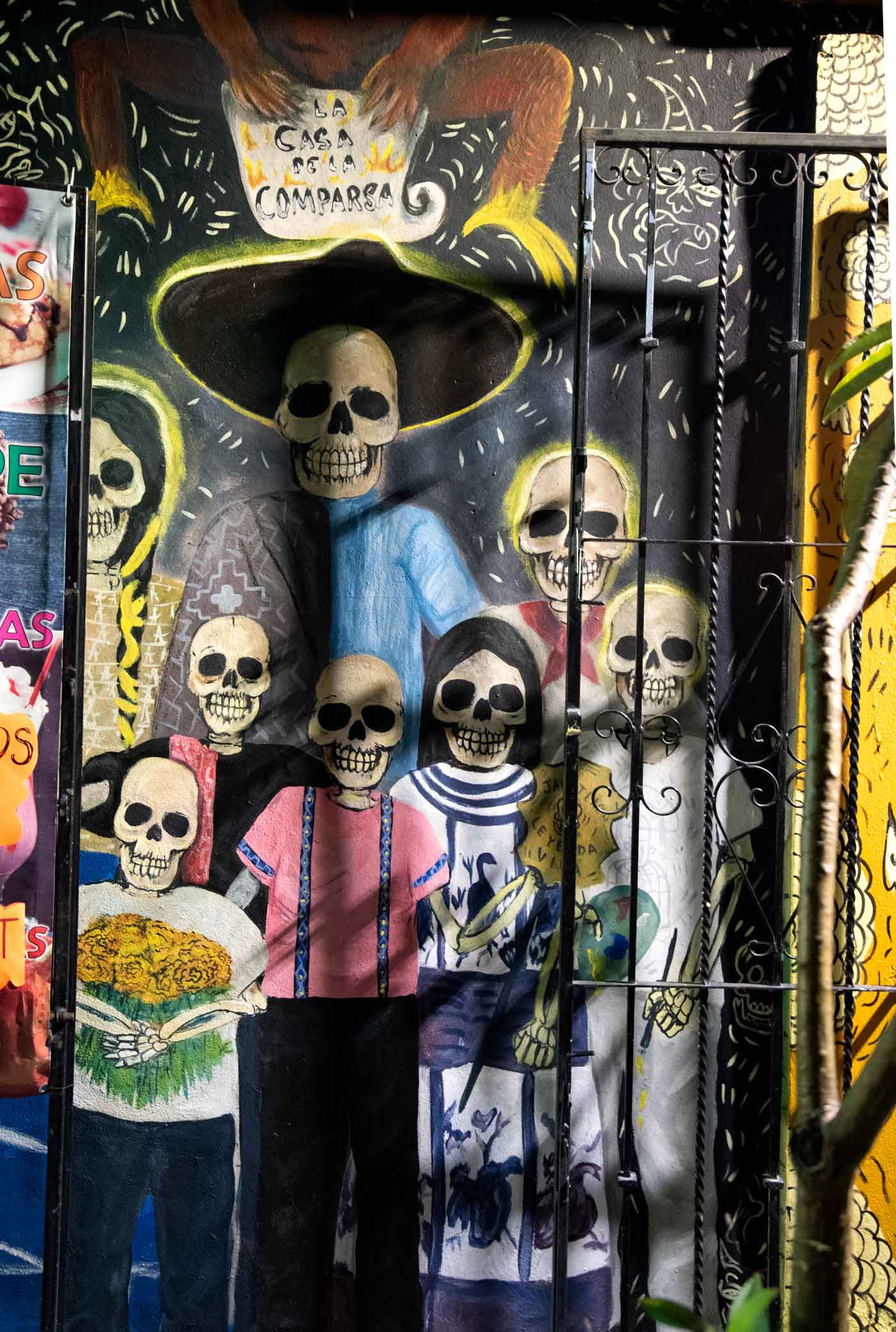
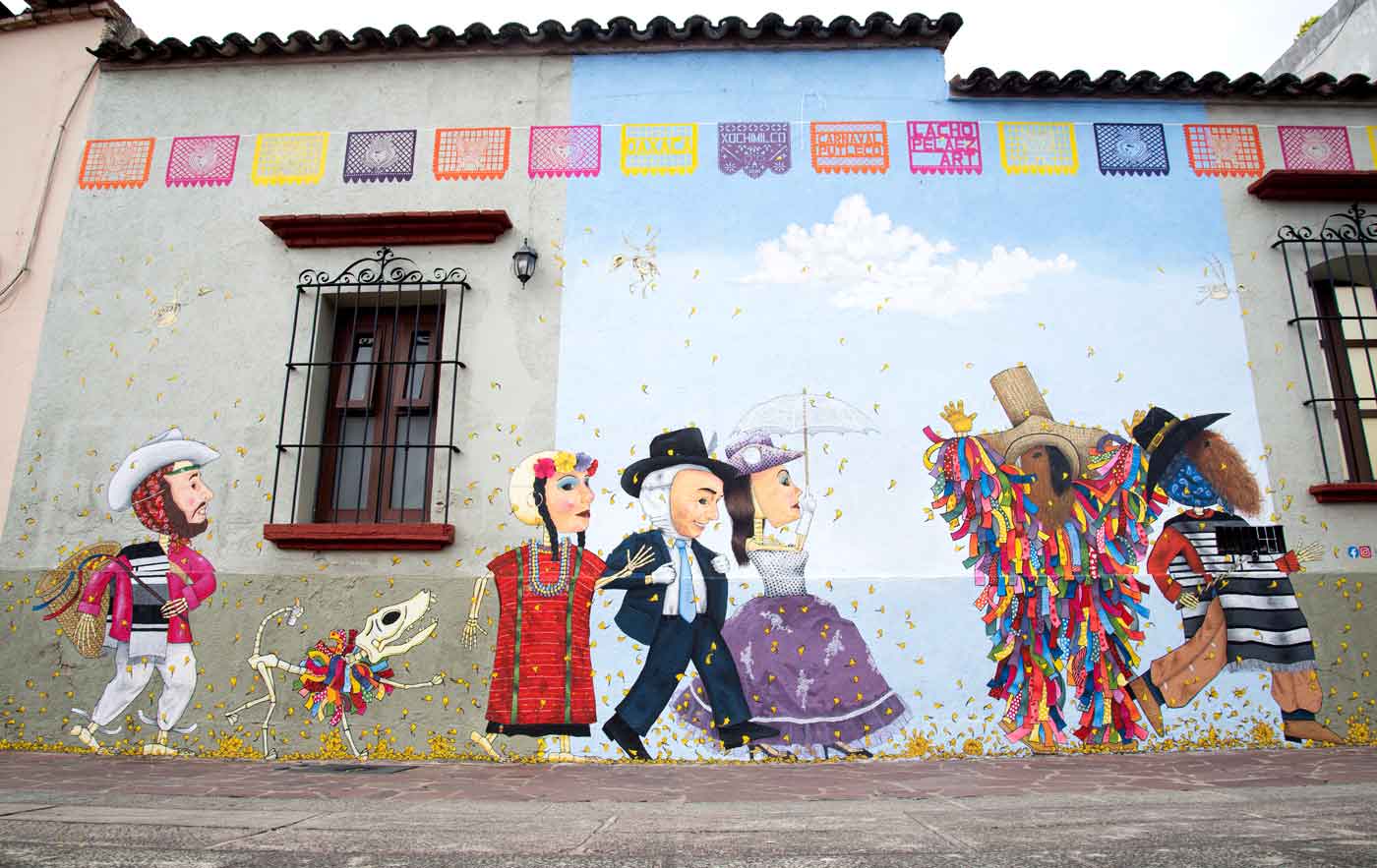
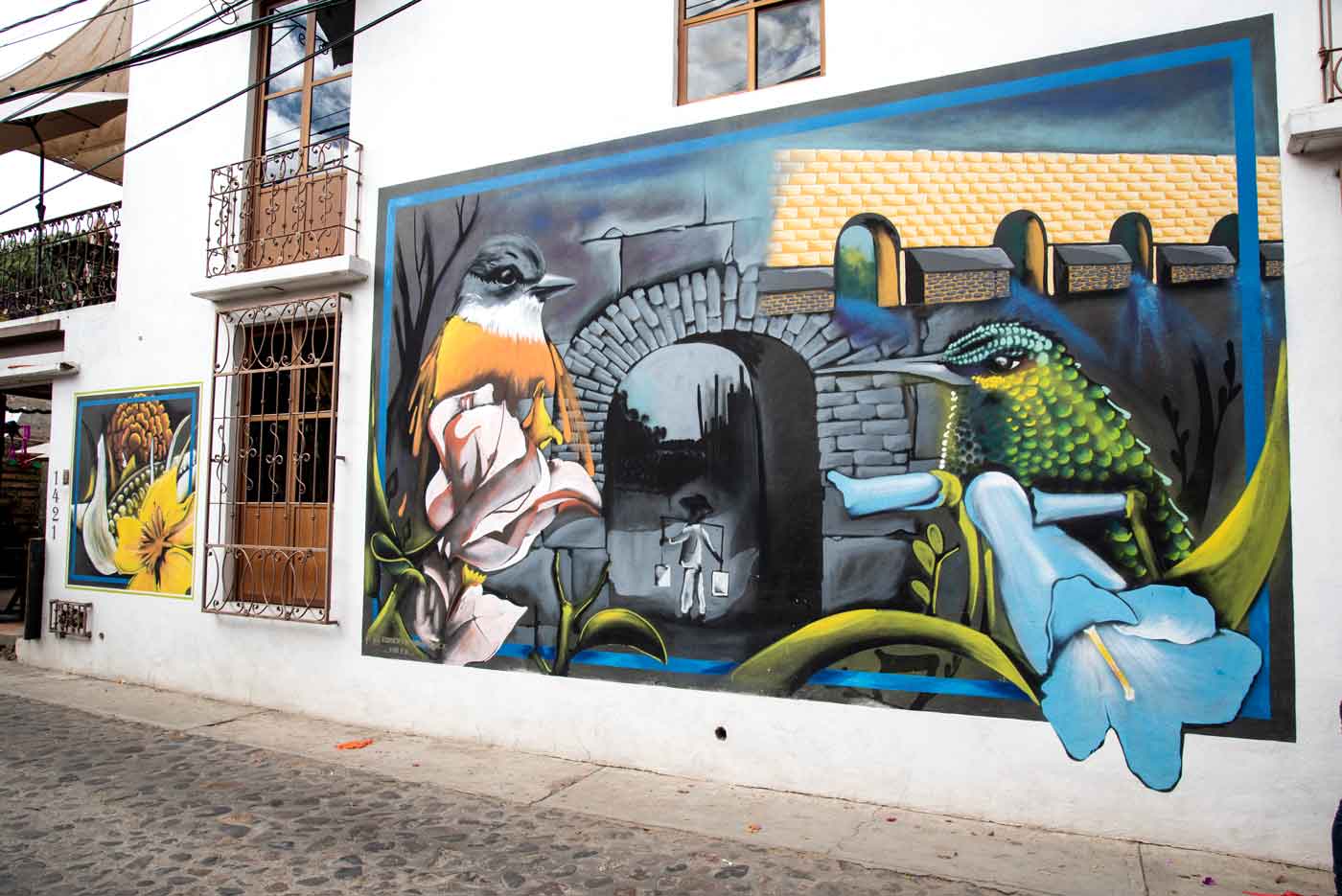
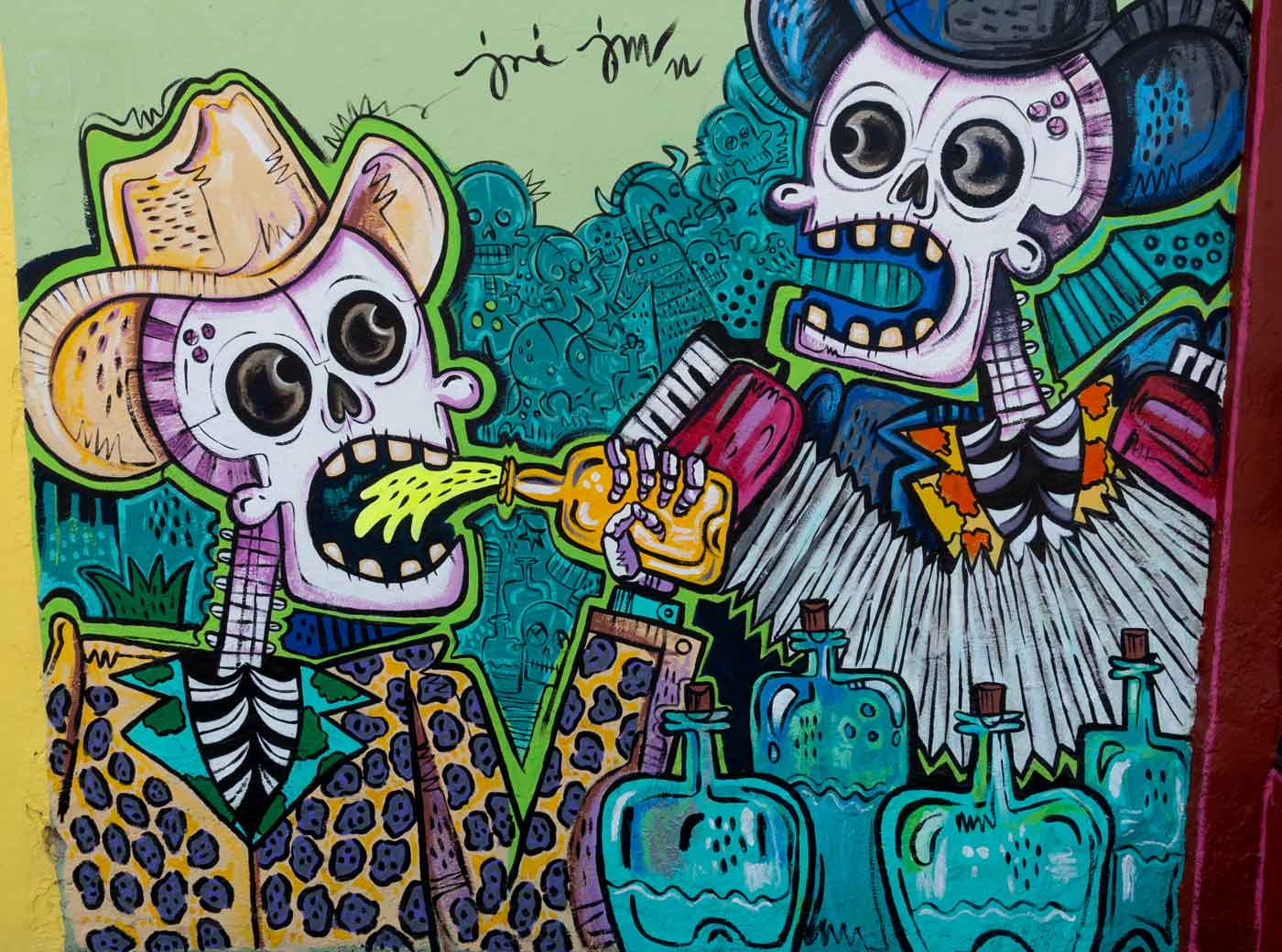
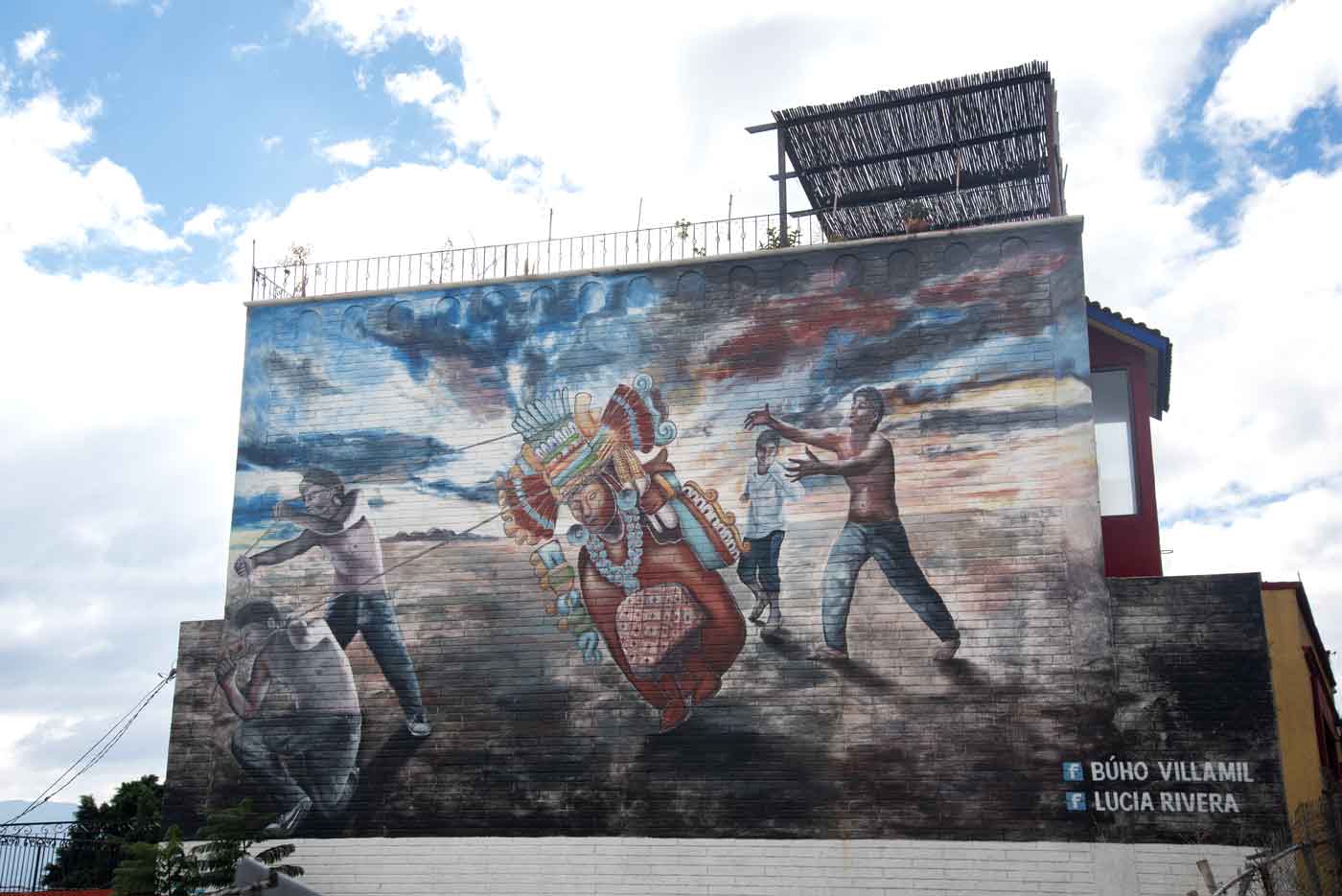
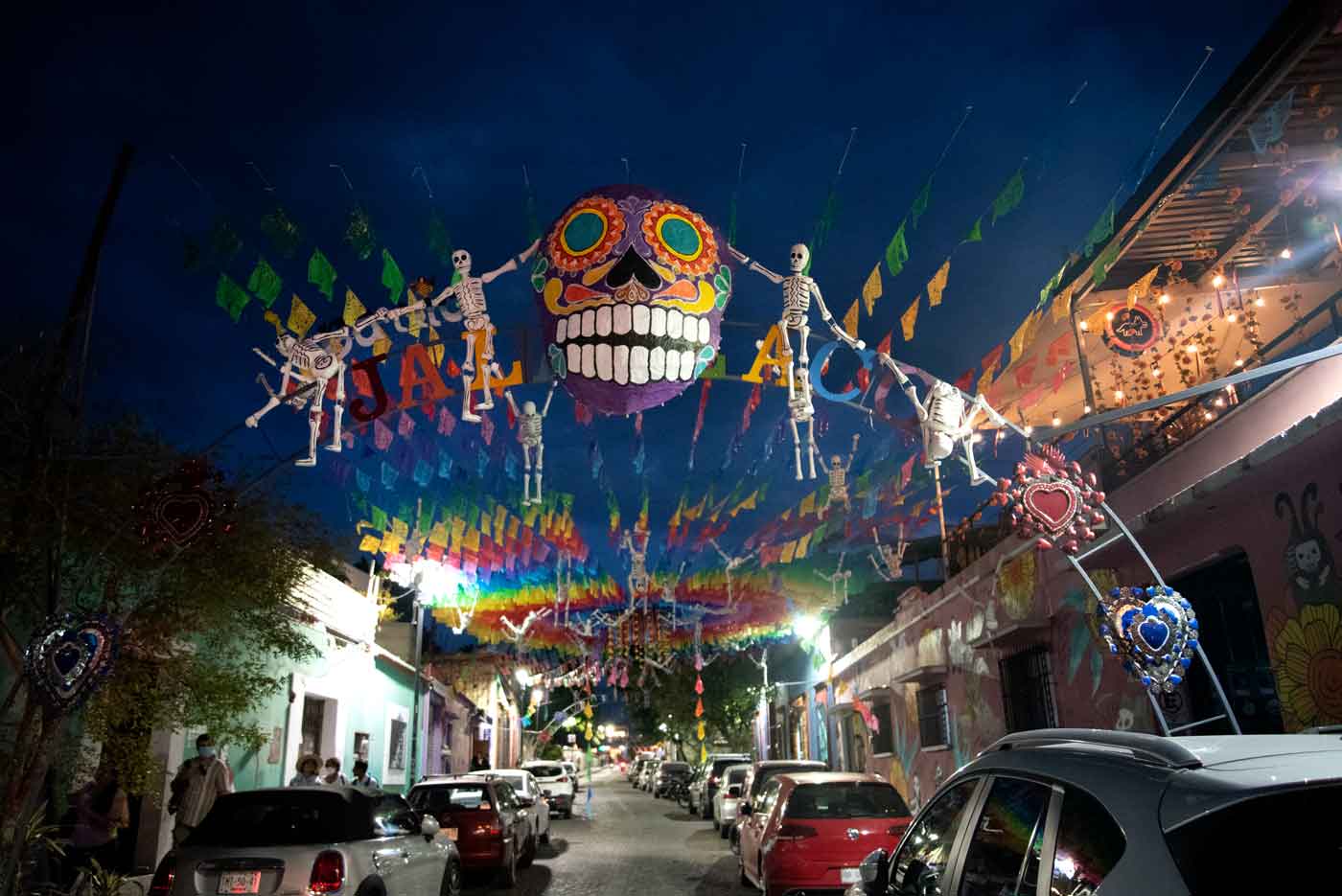

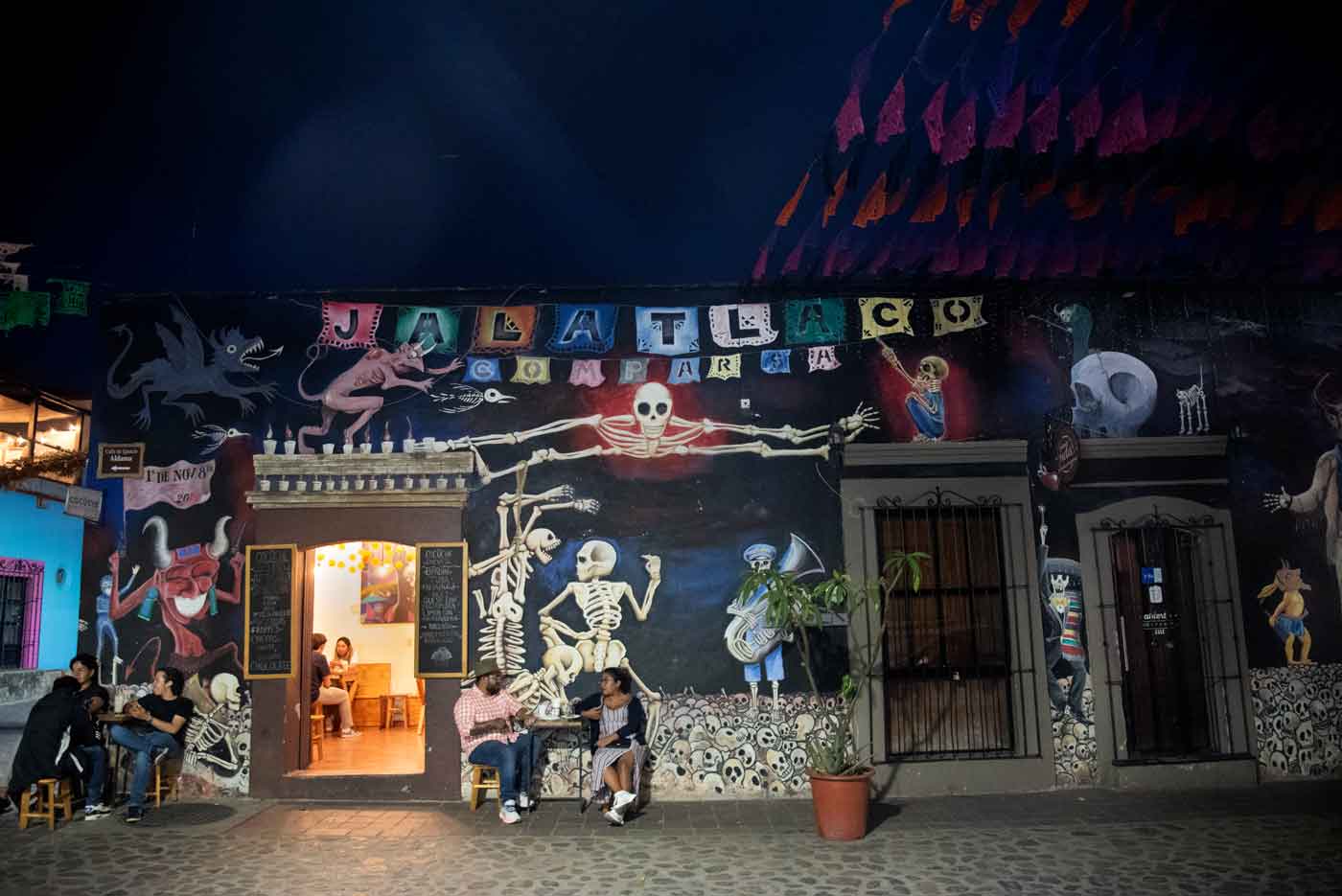
Travel, dream, discover…
